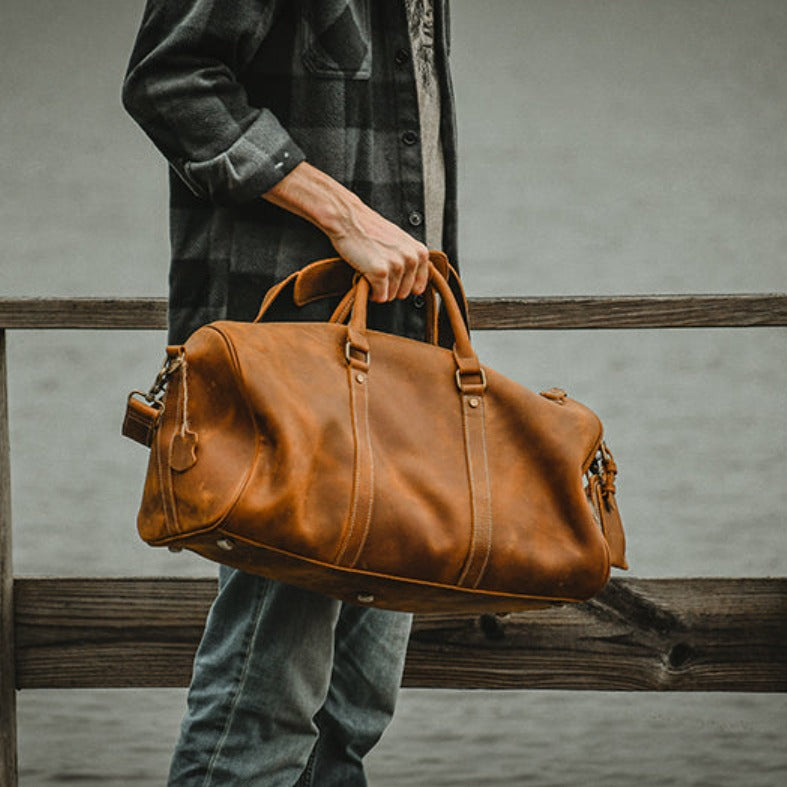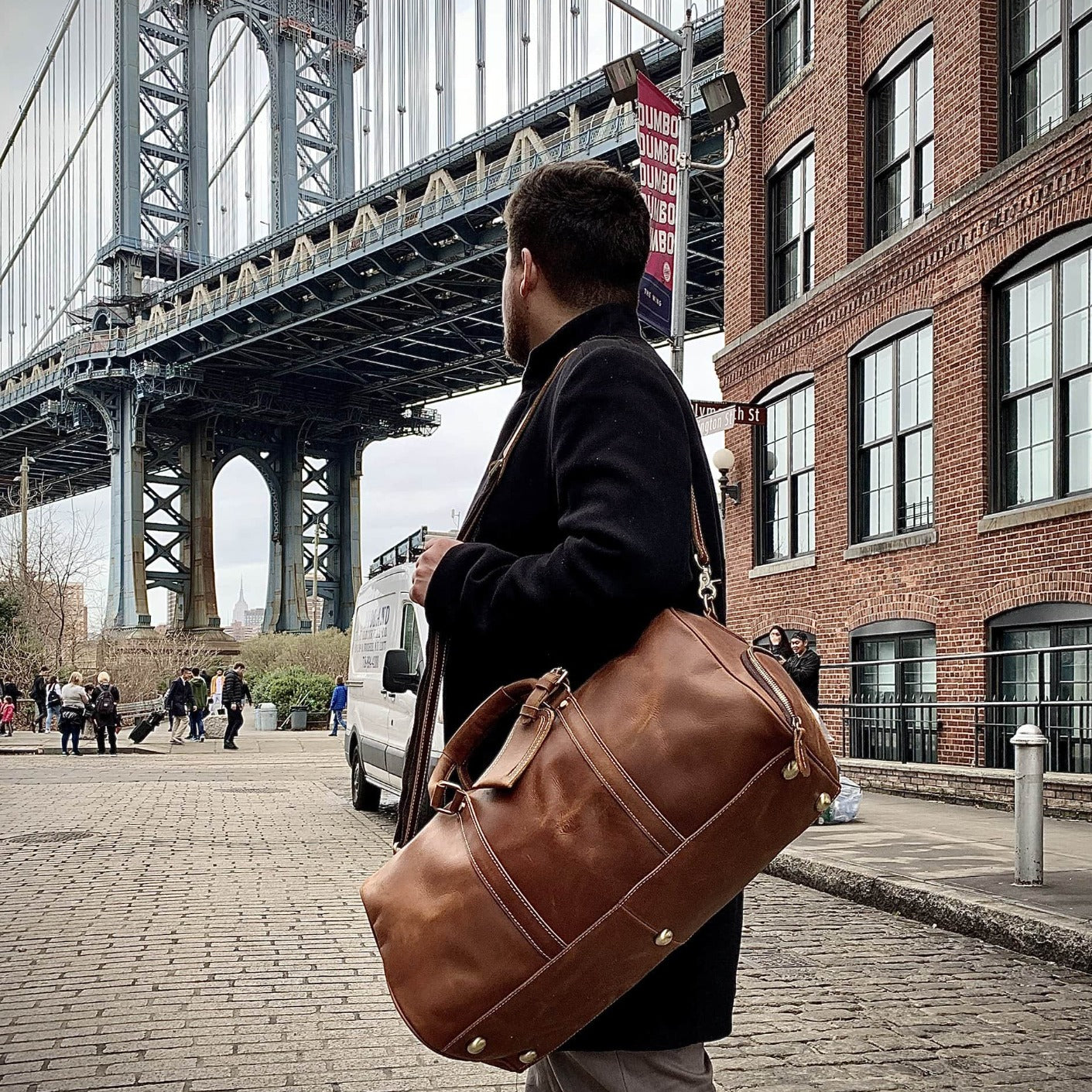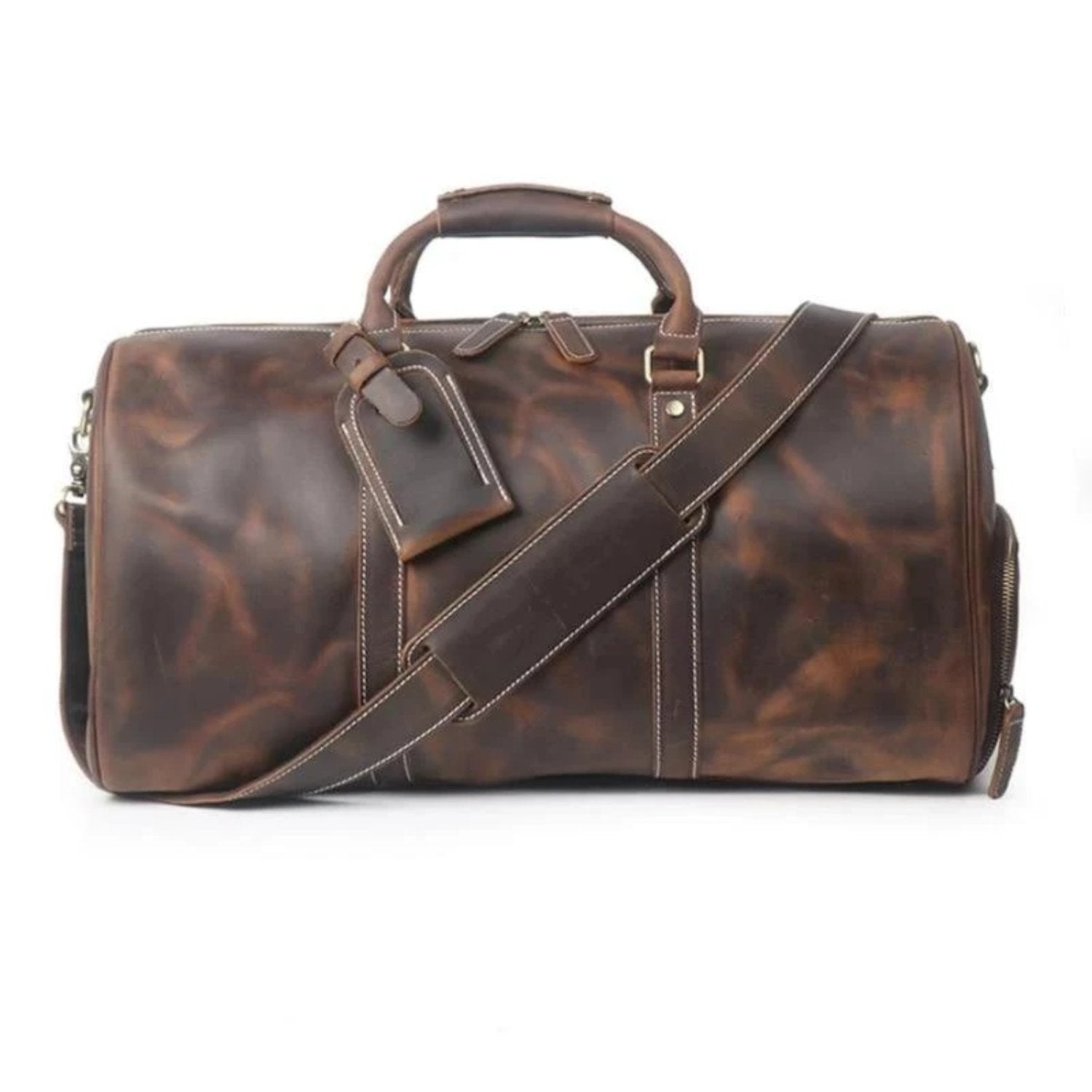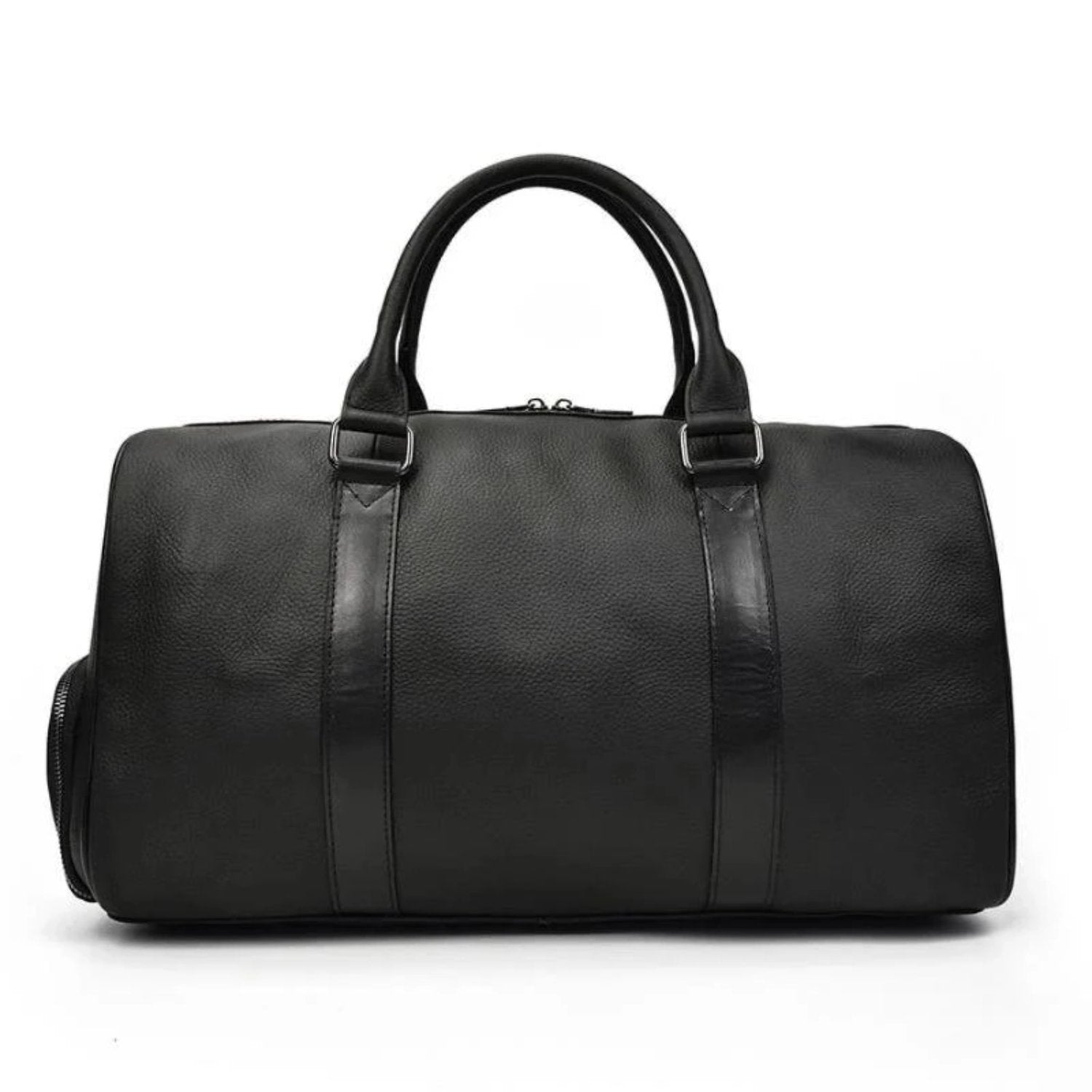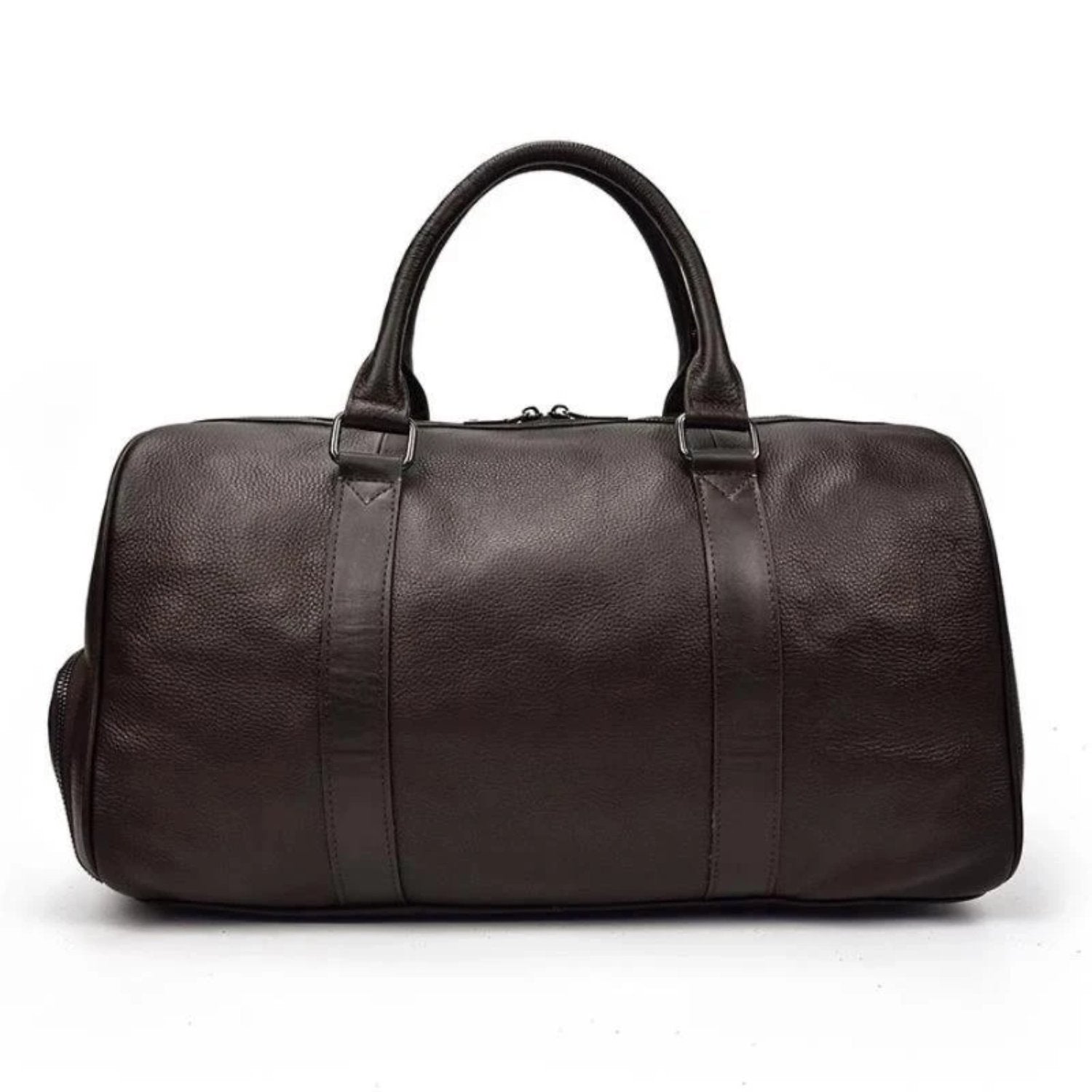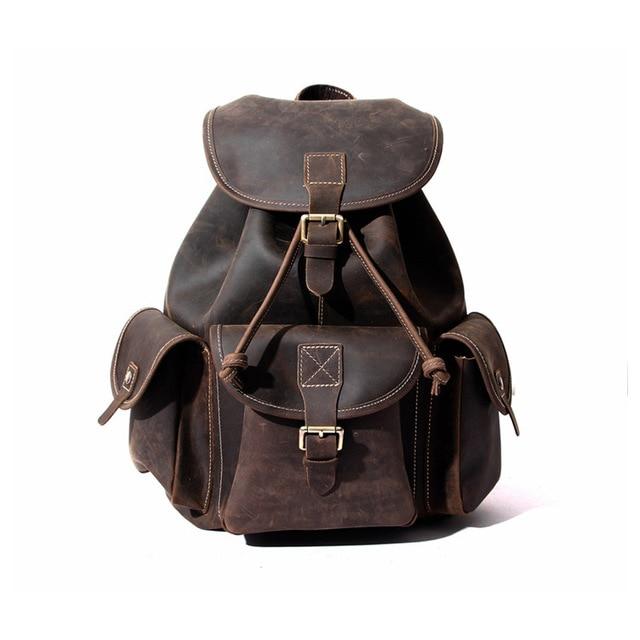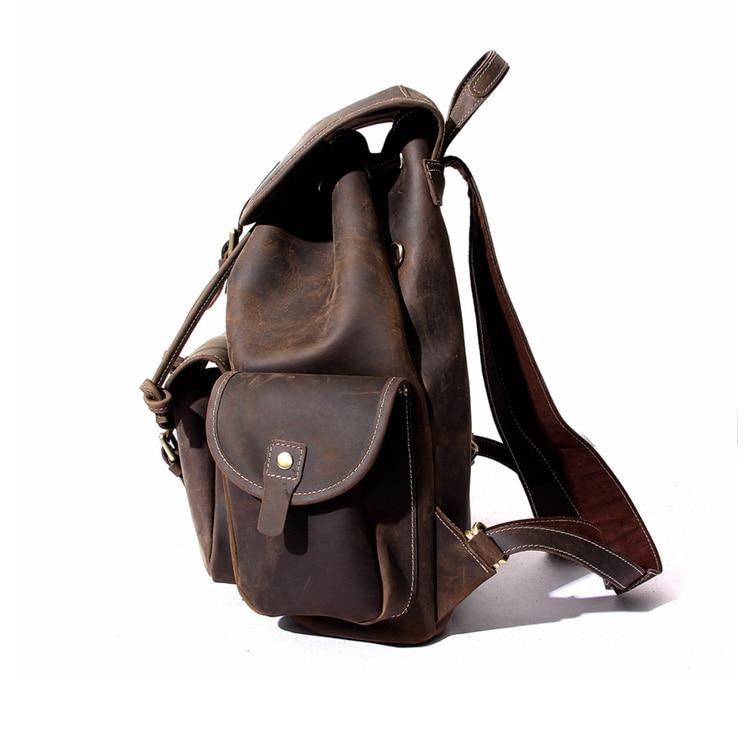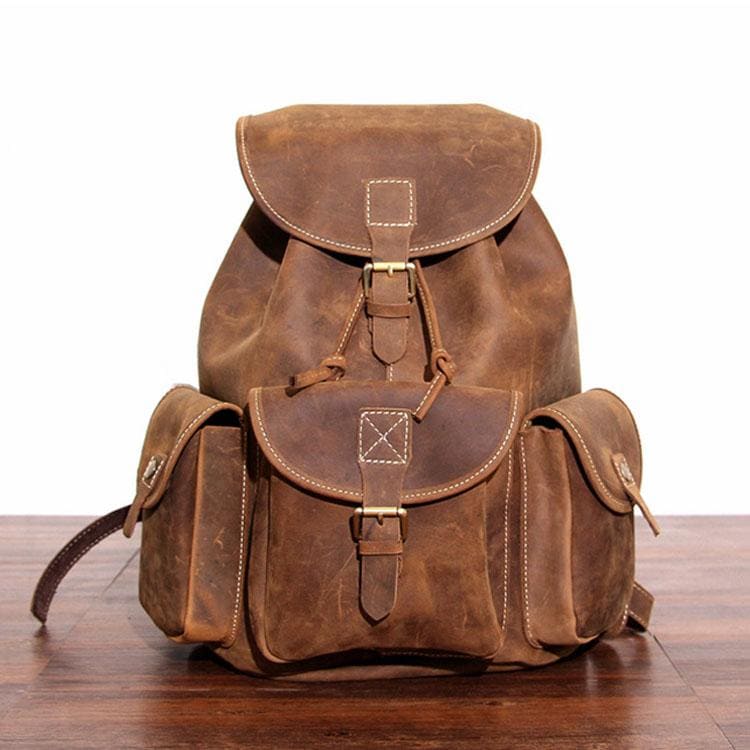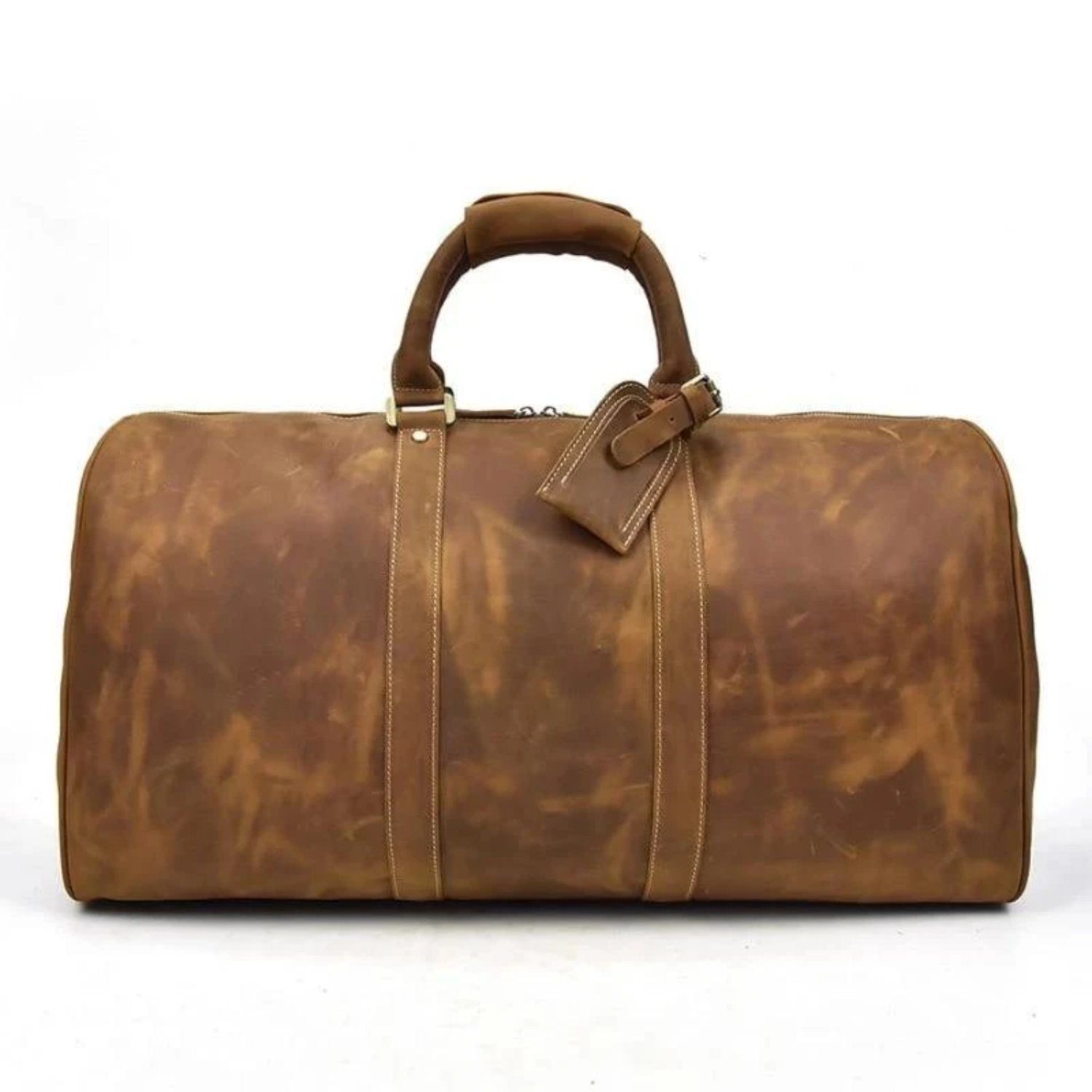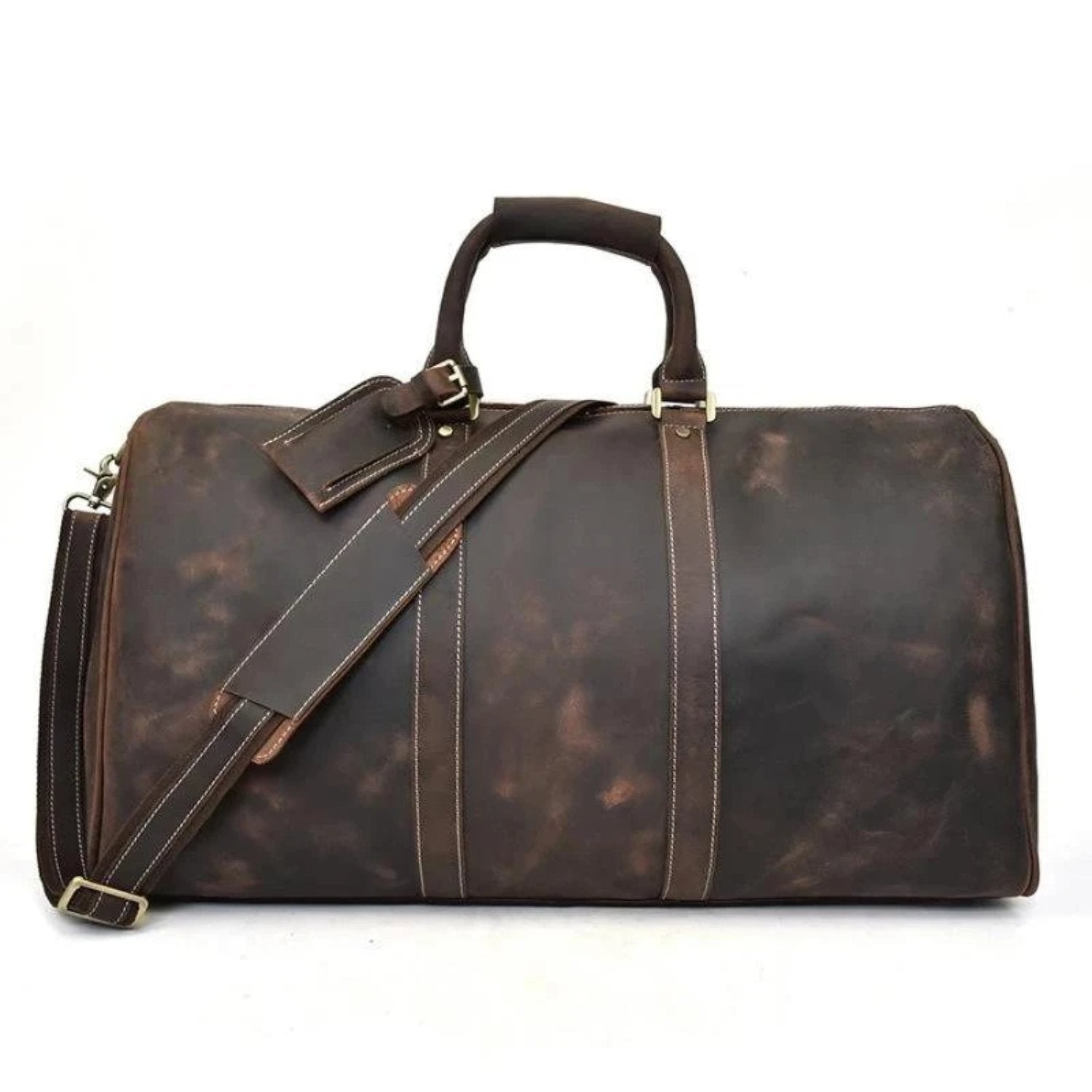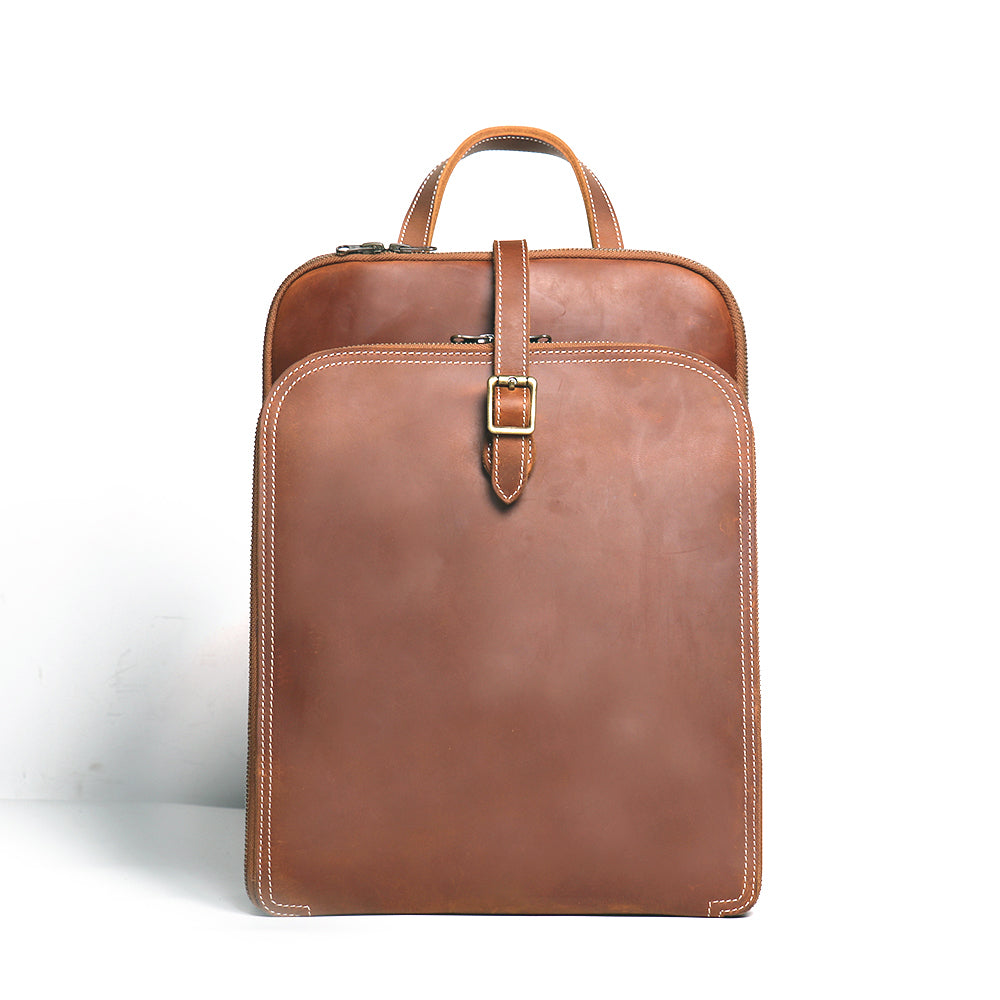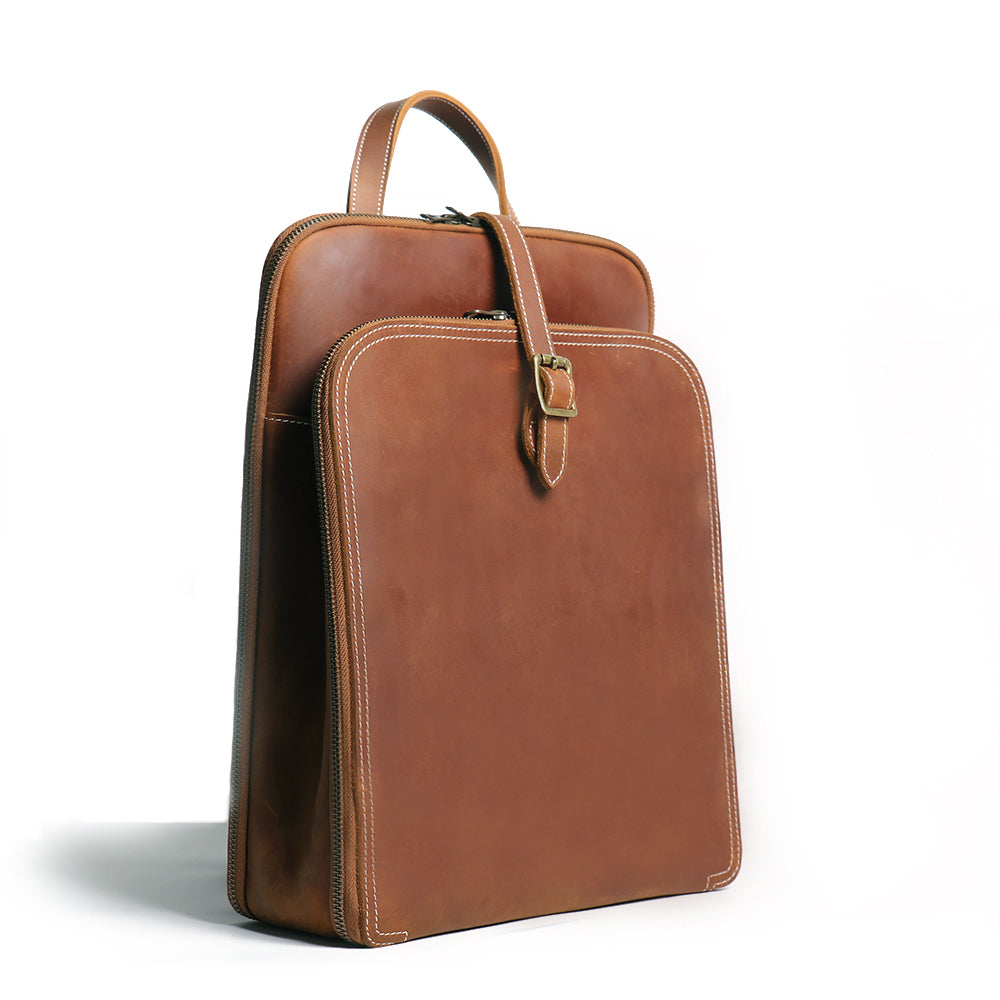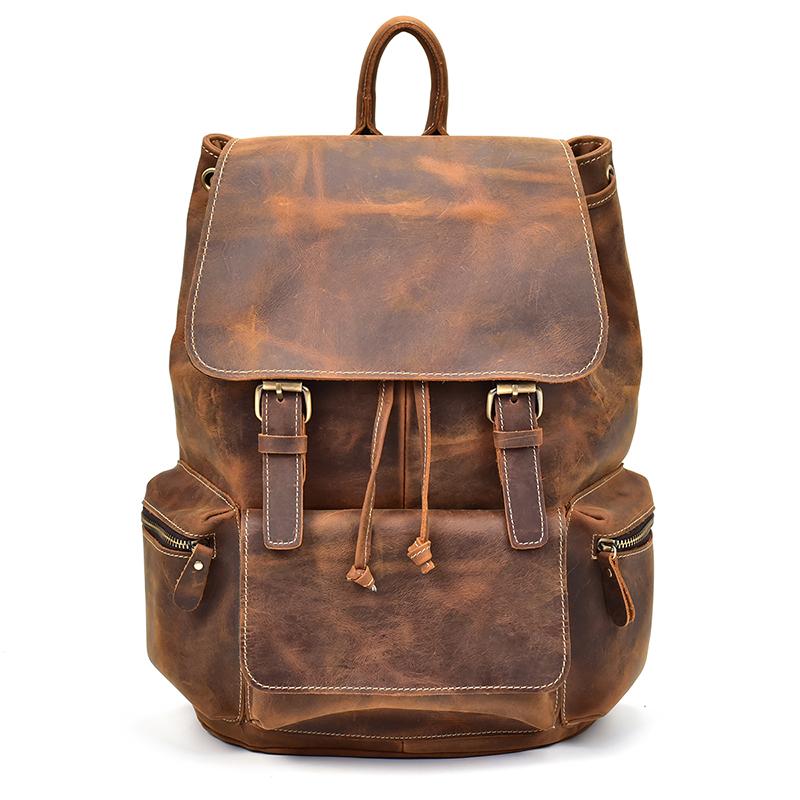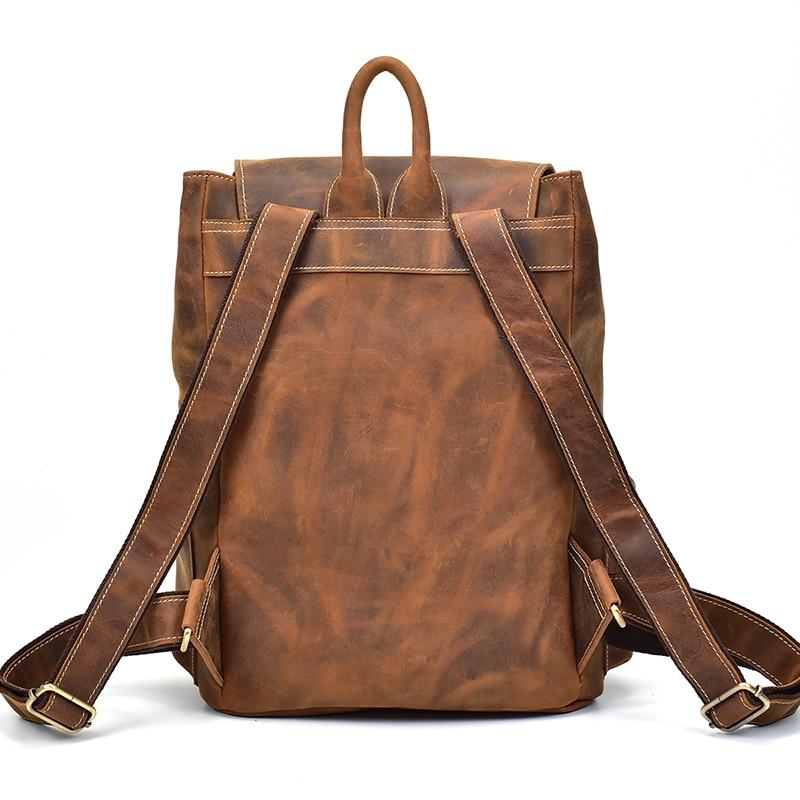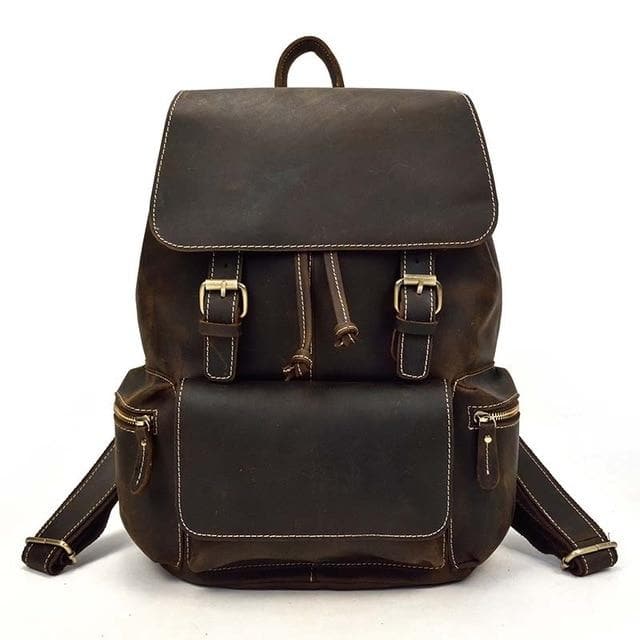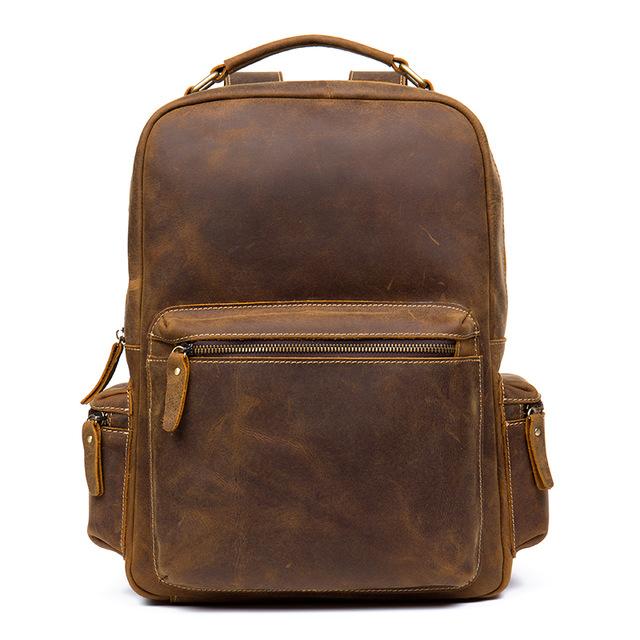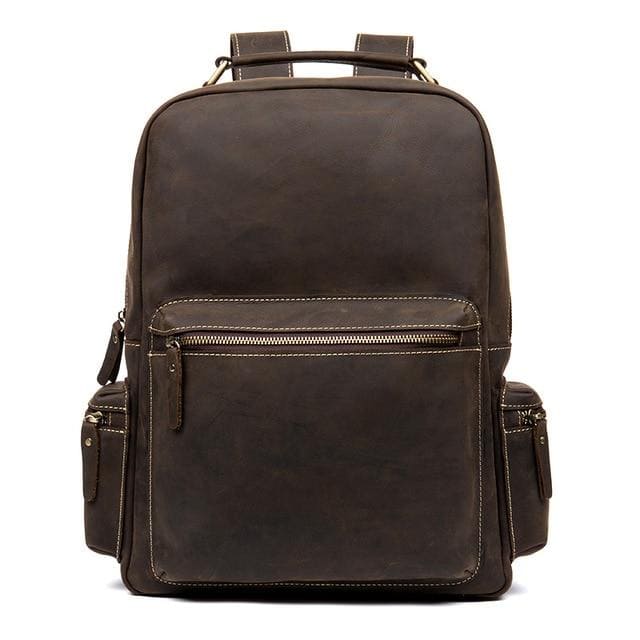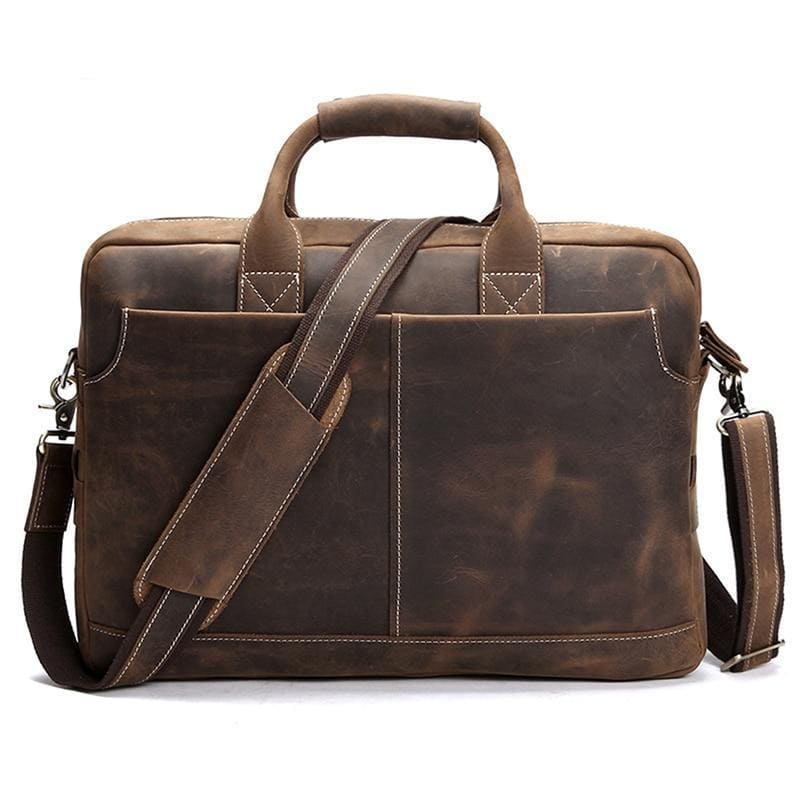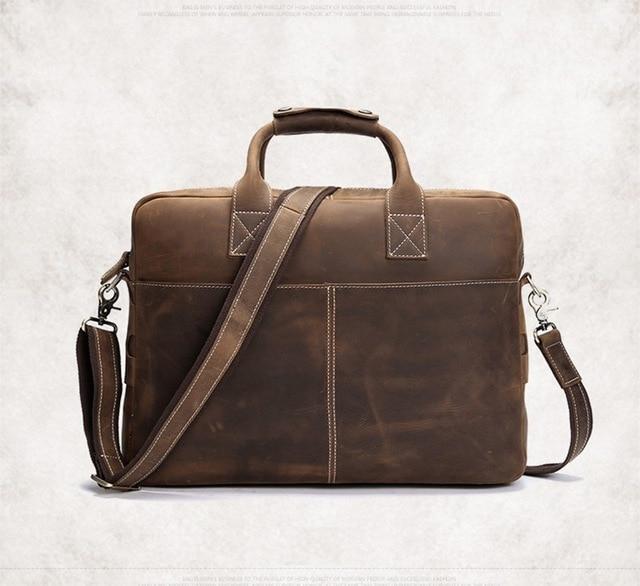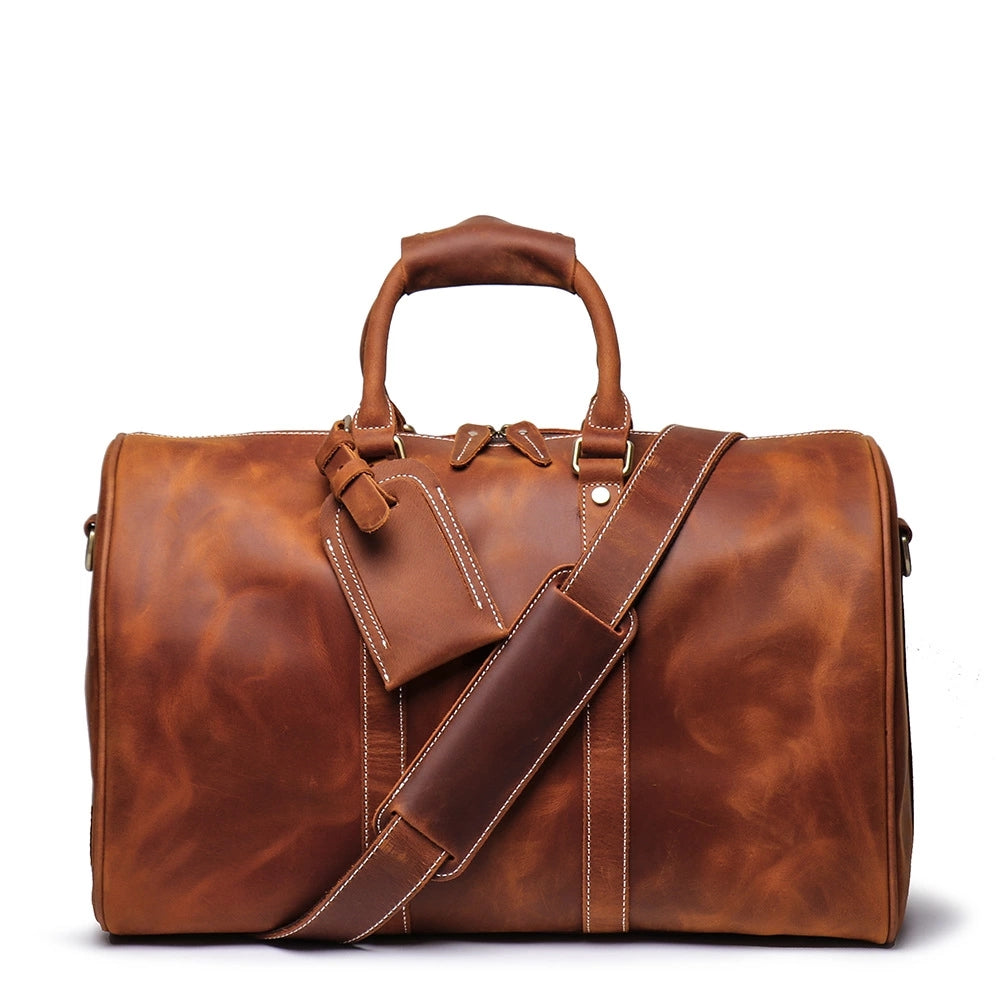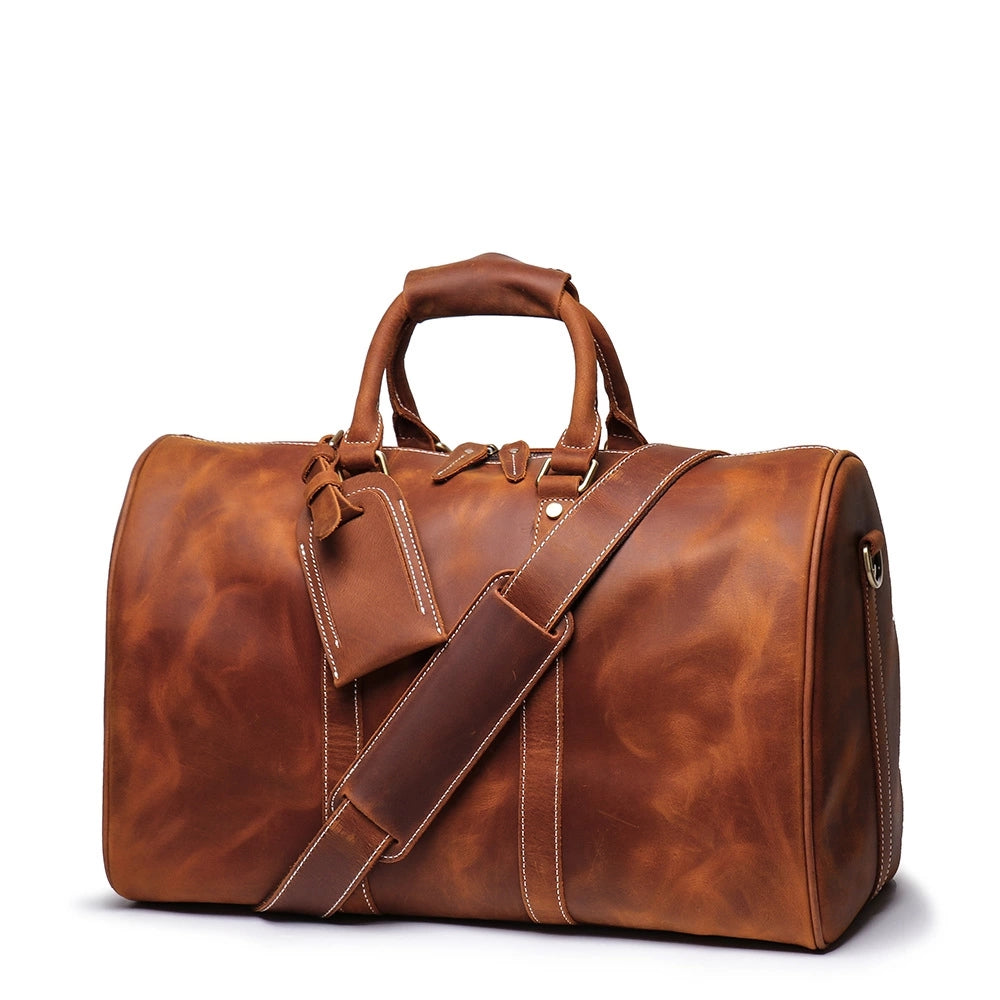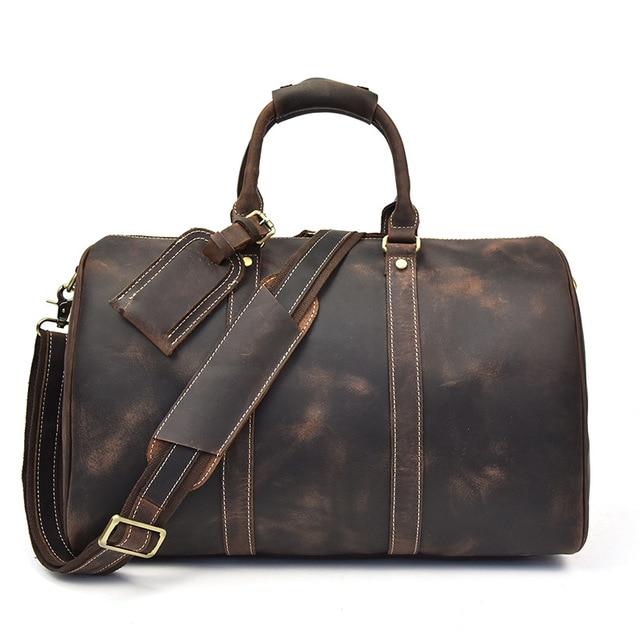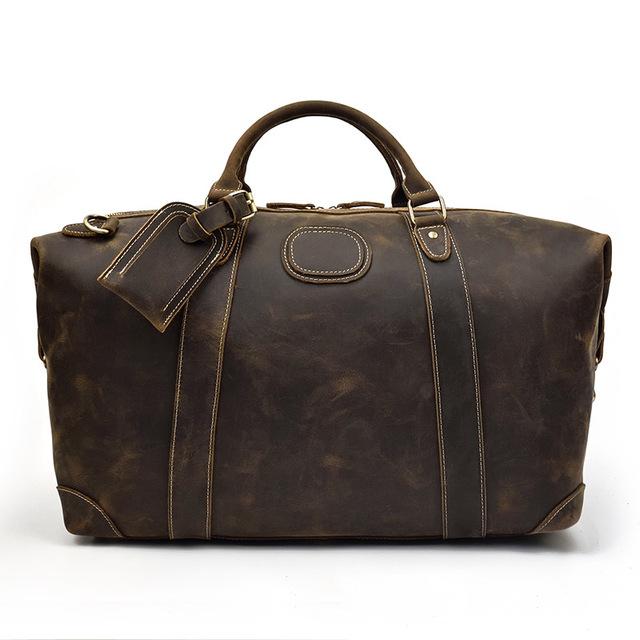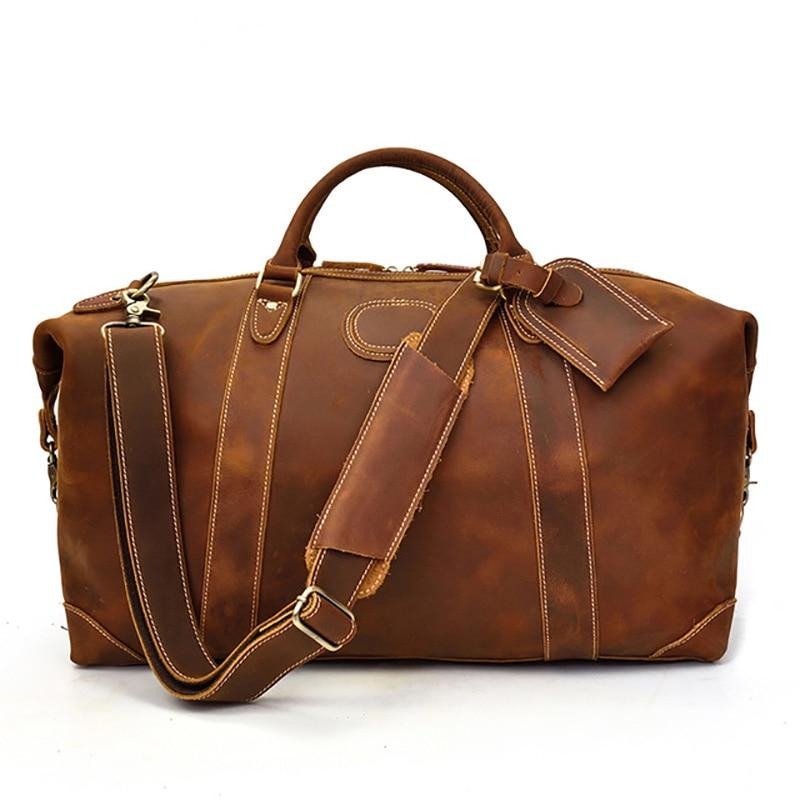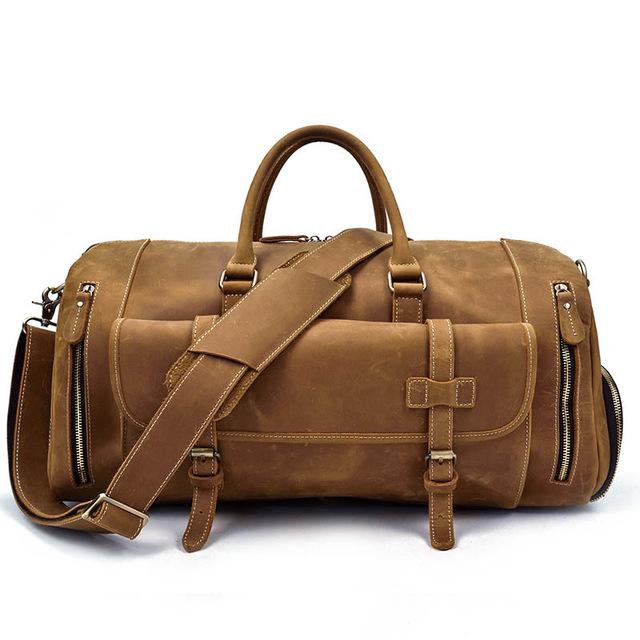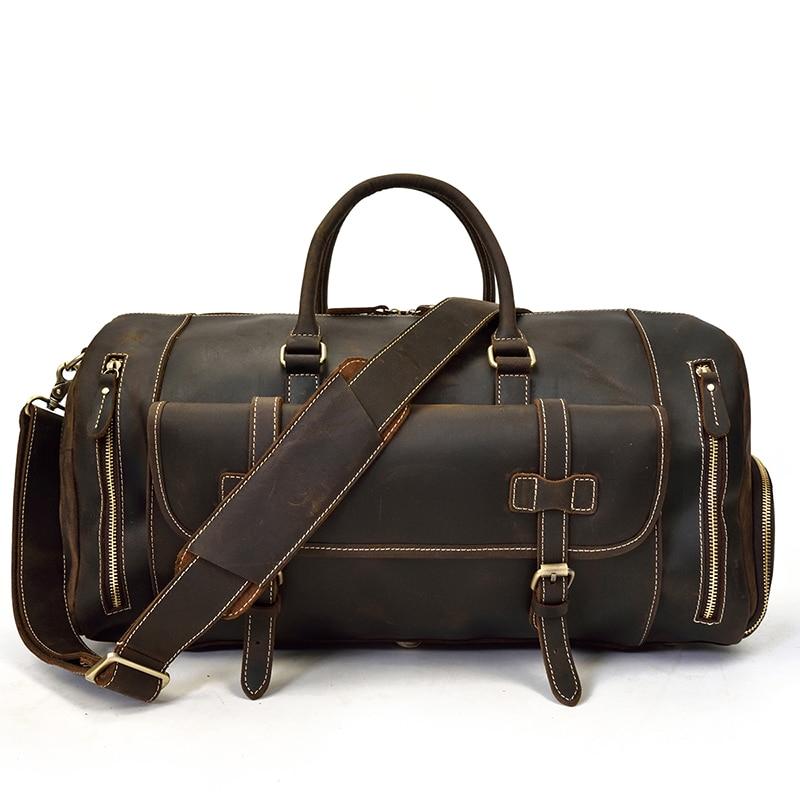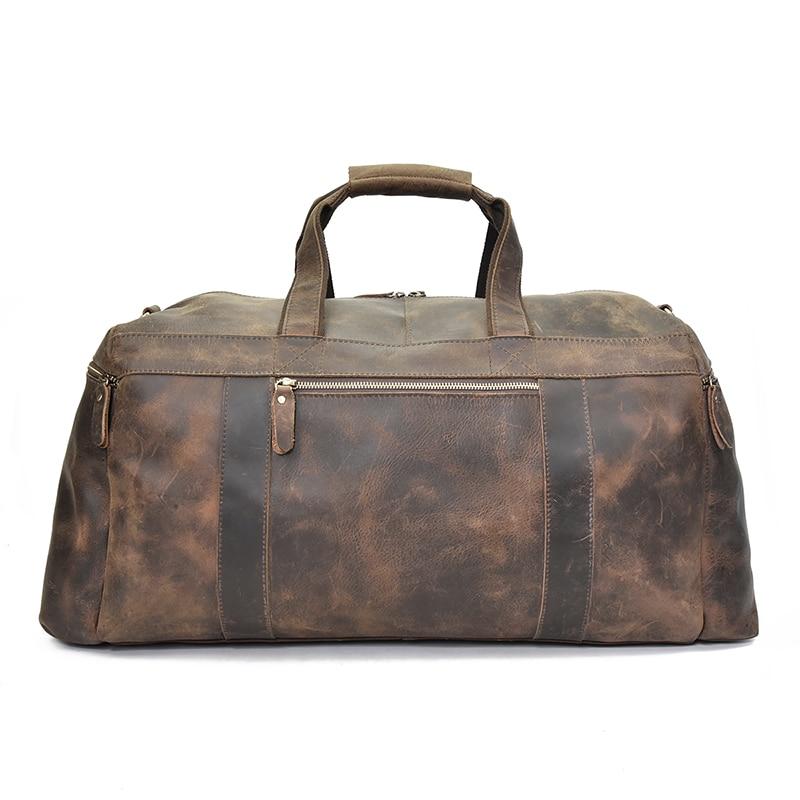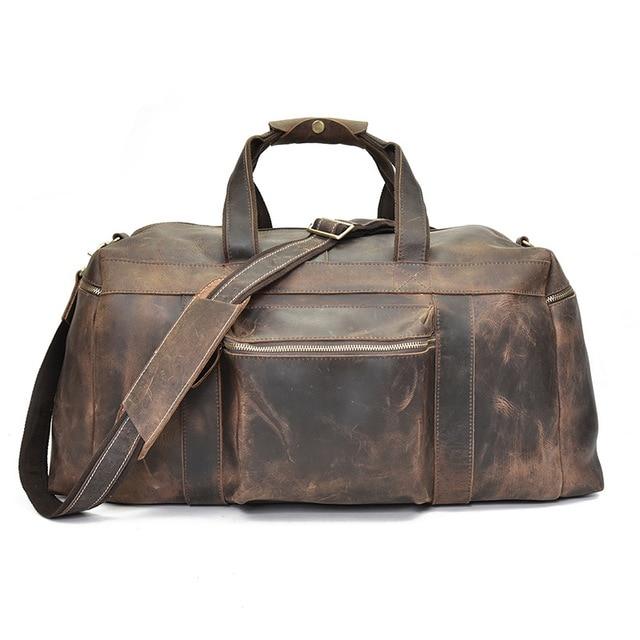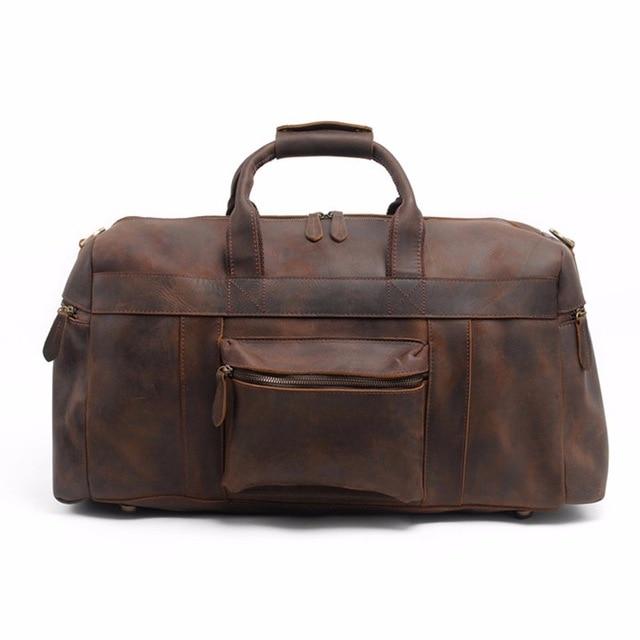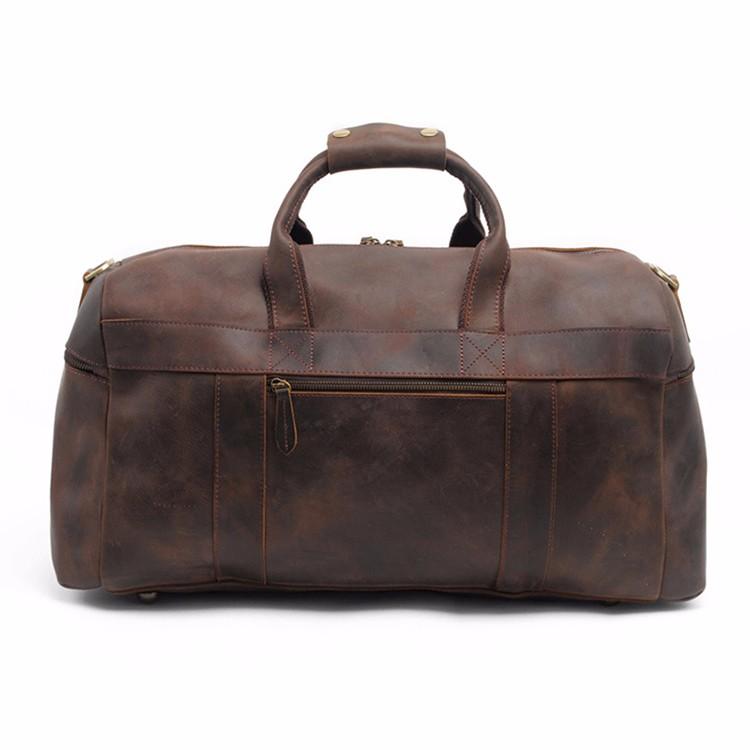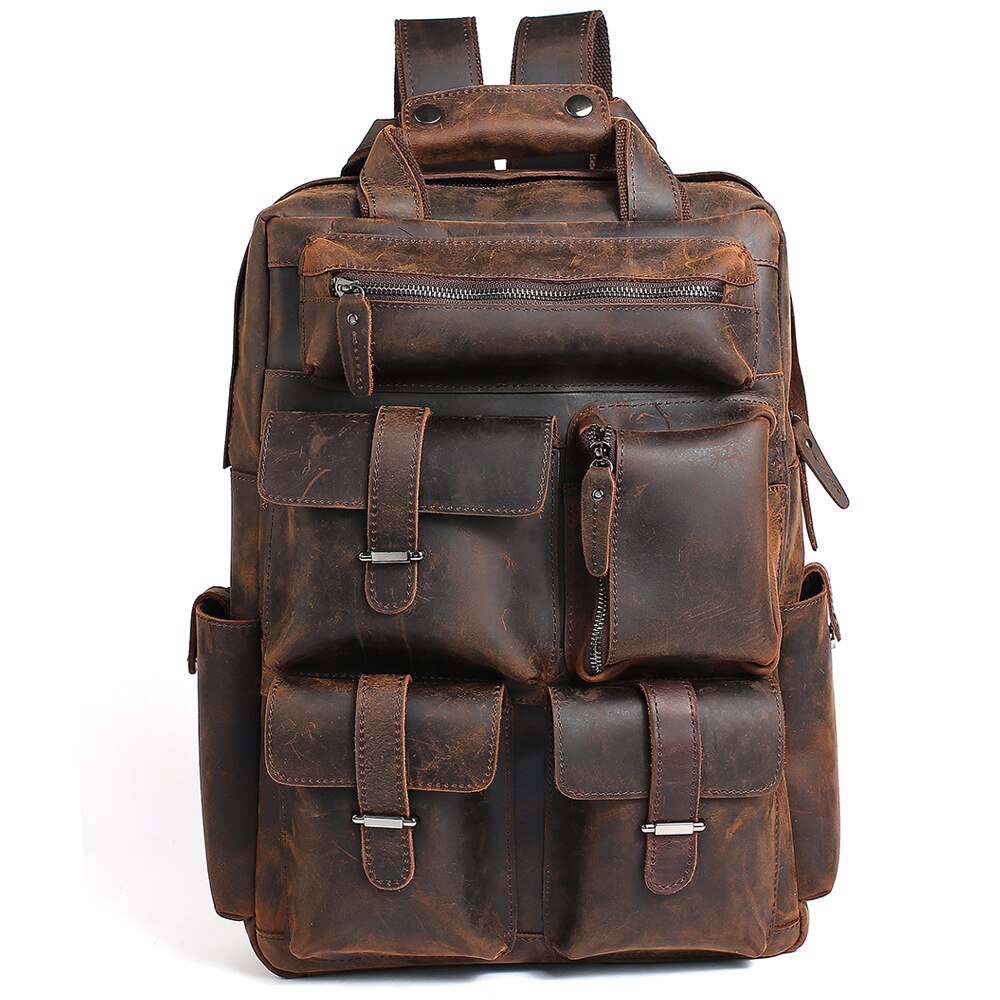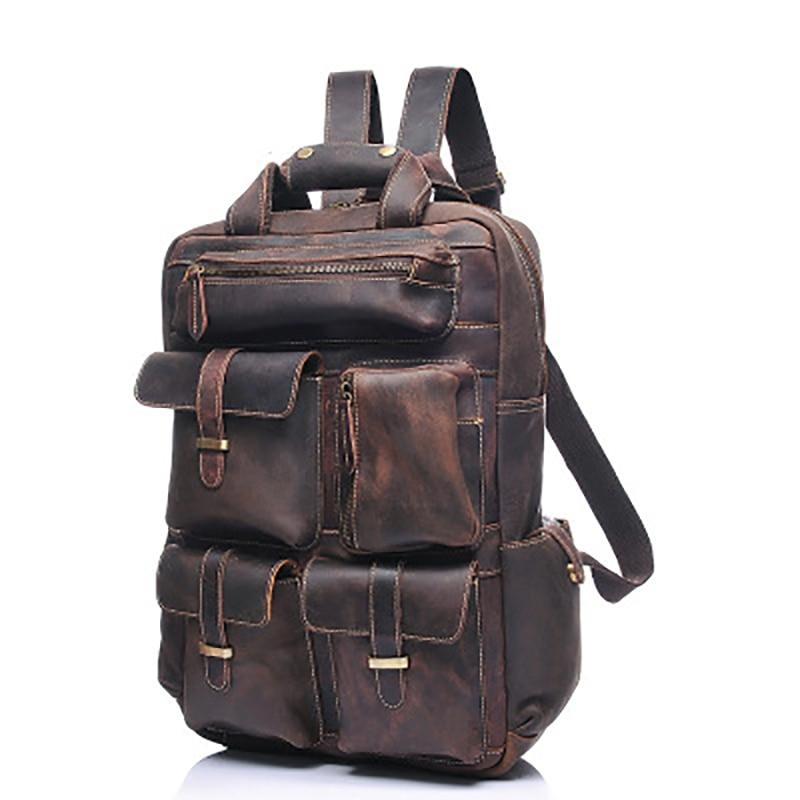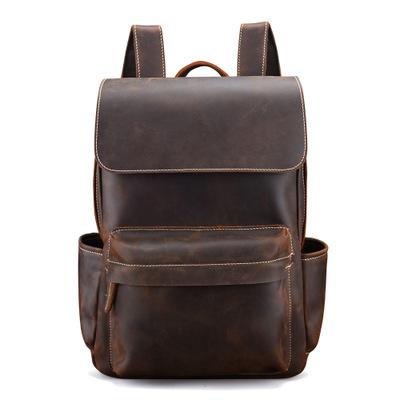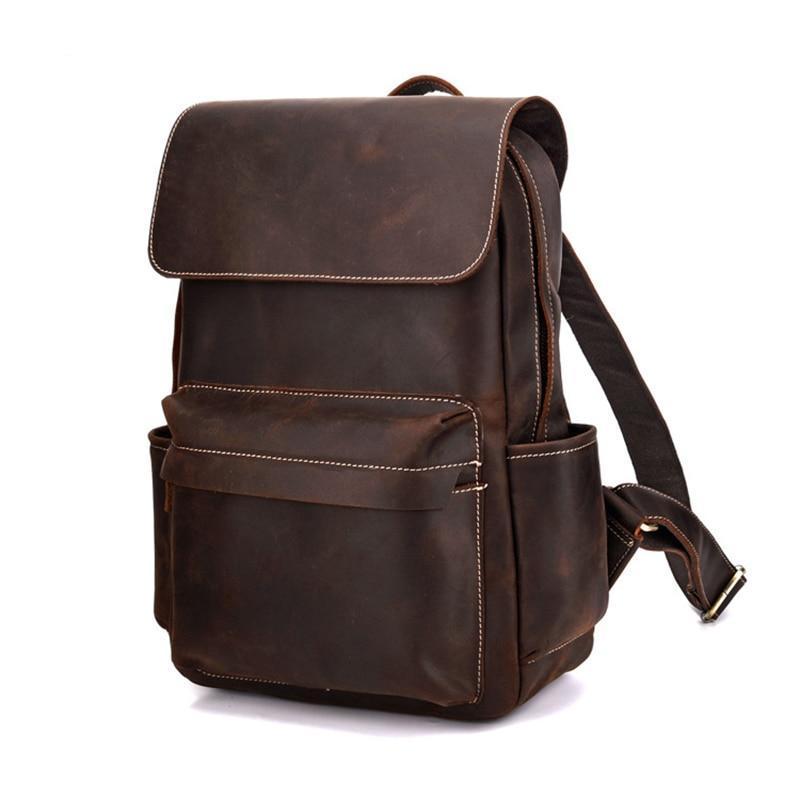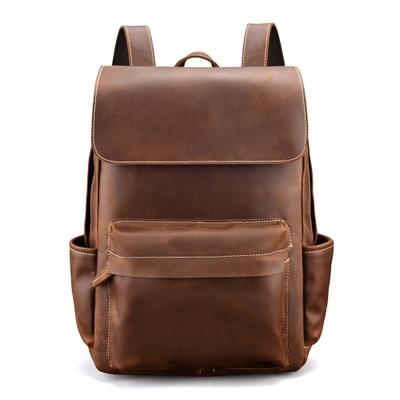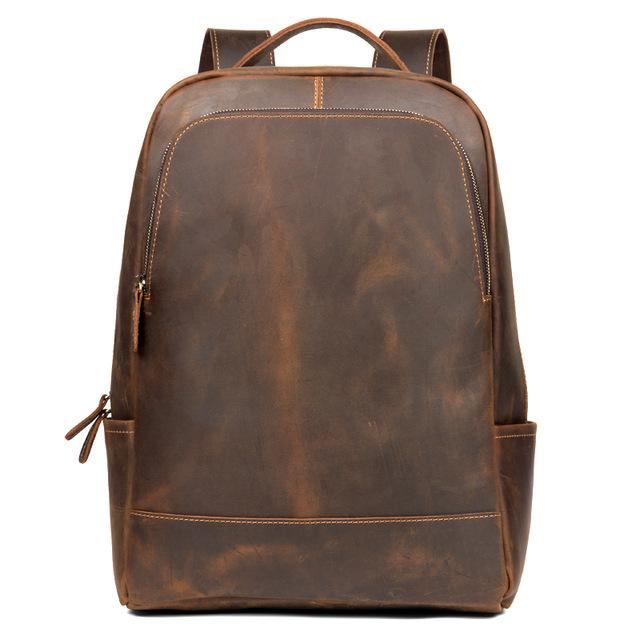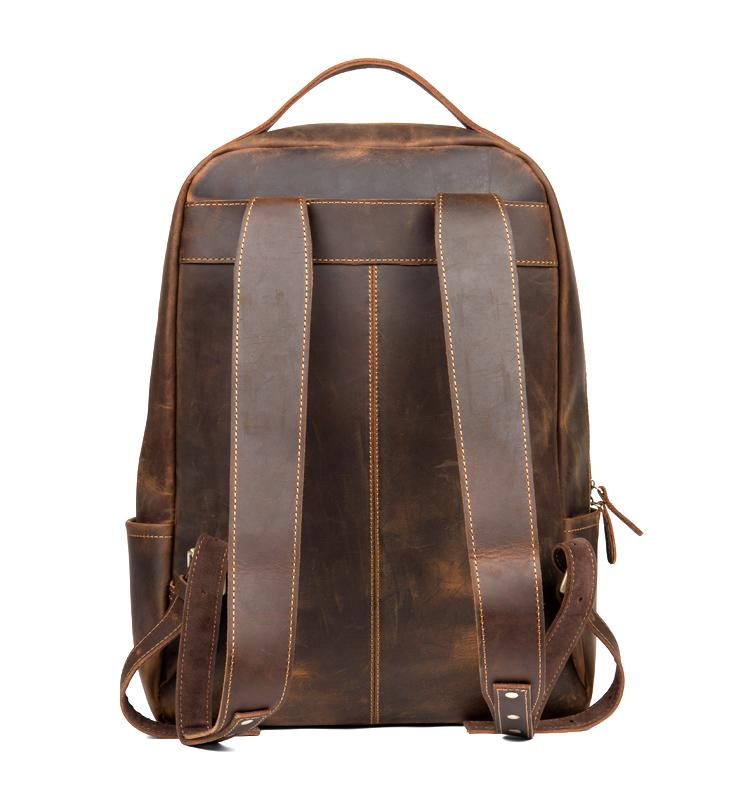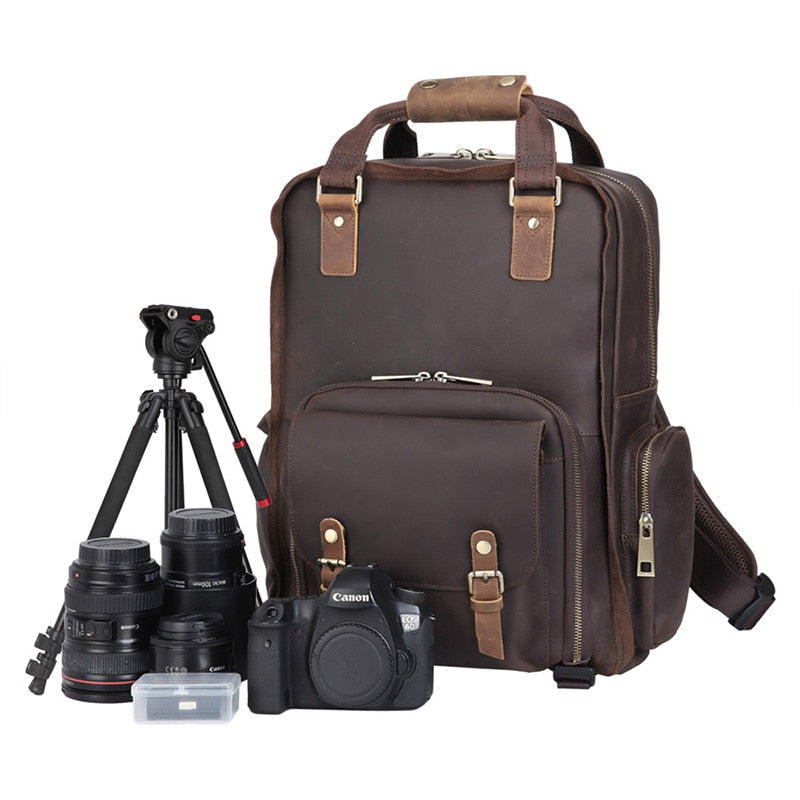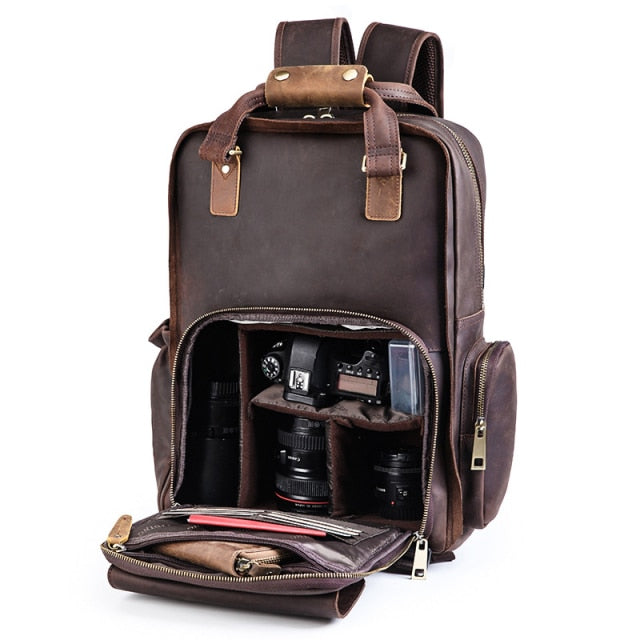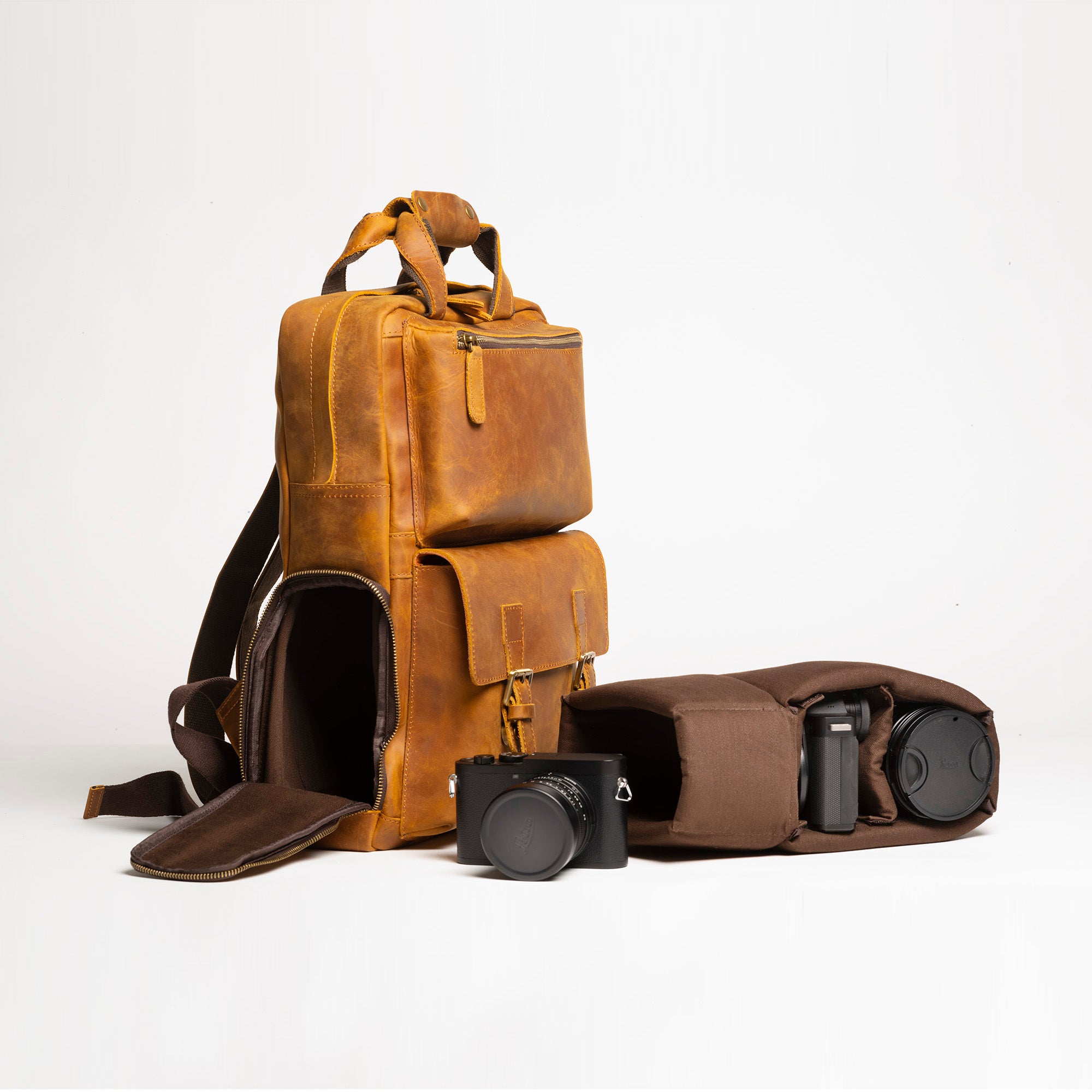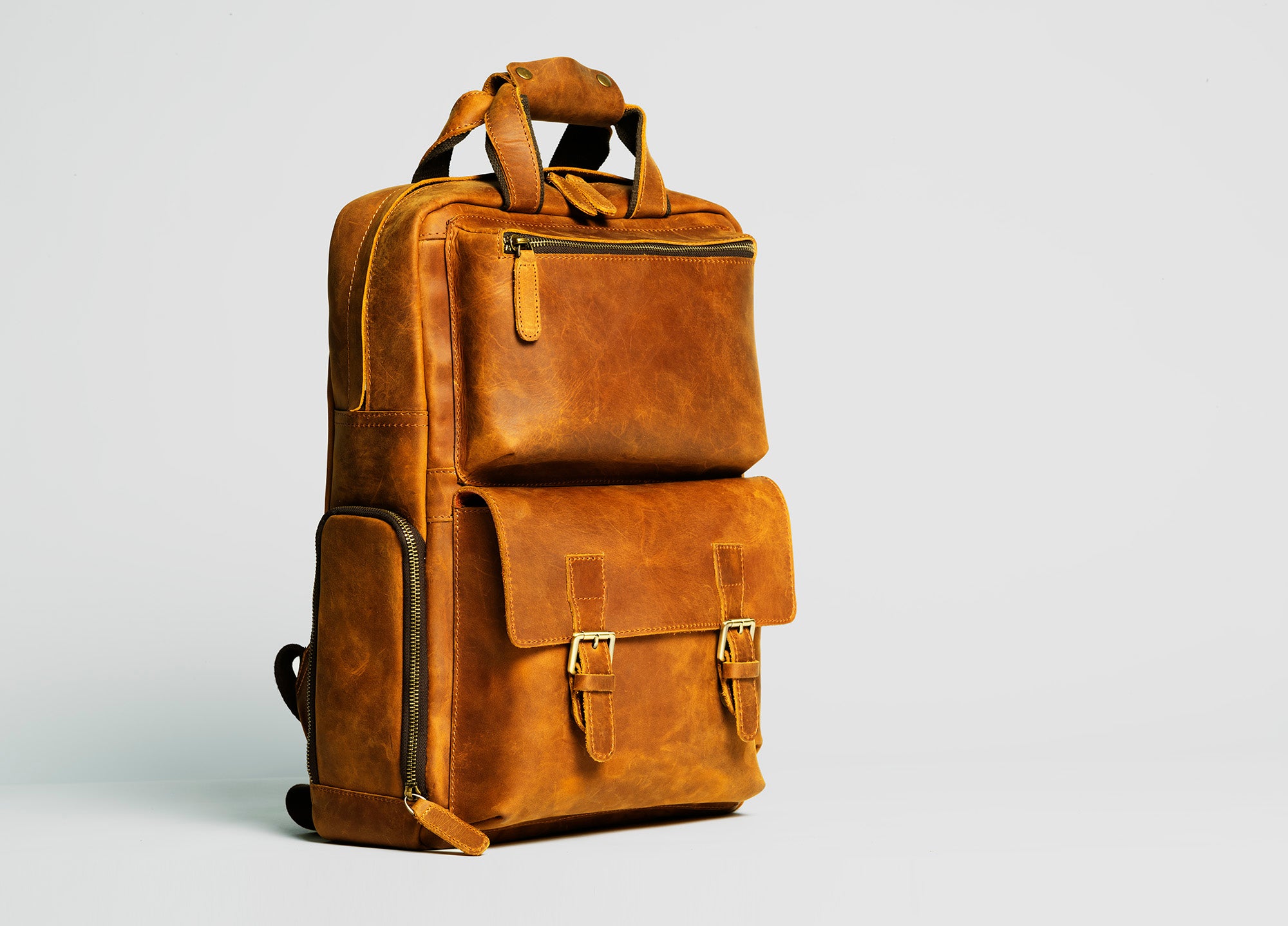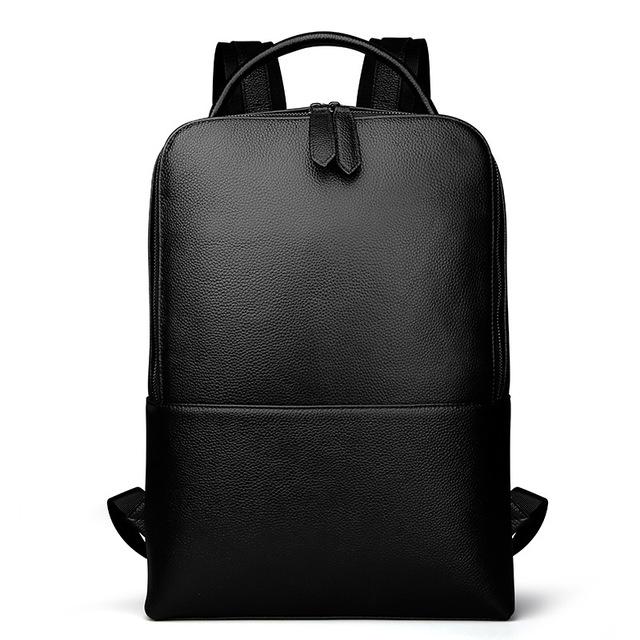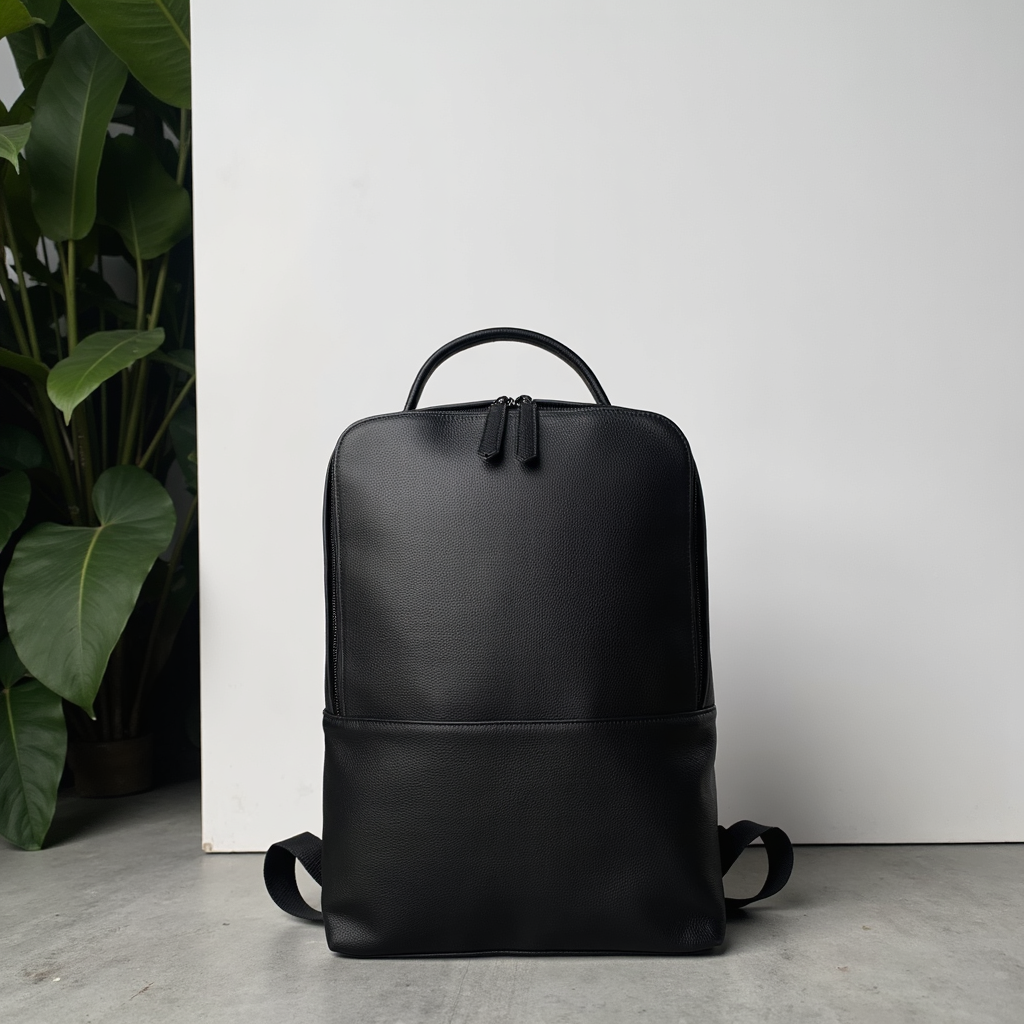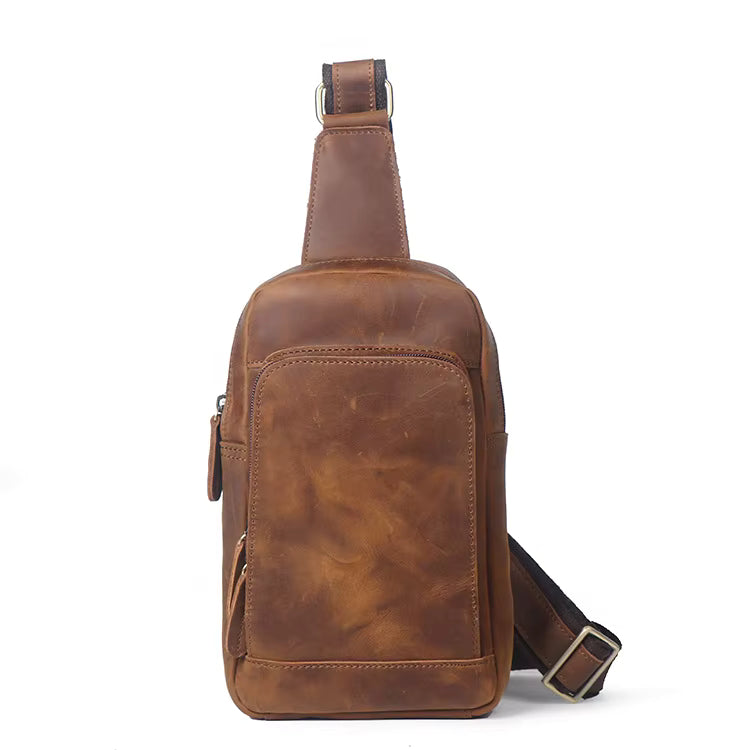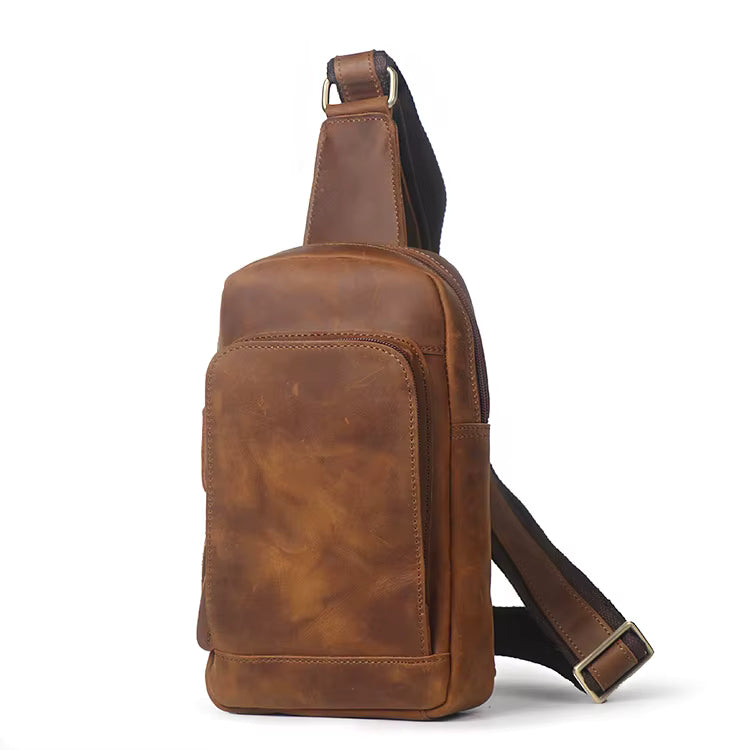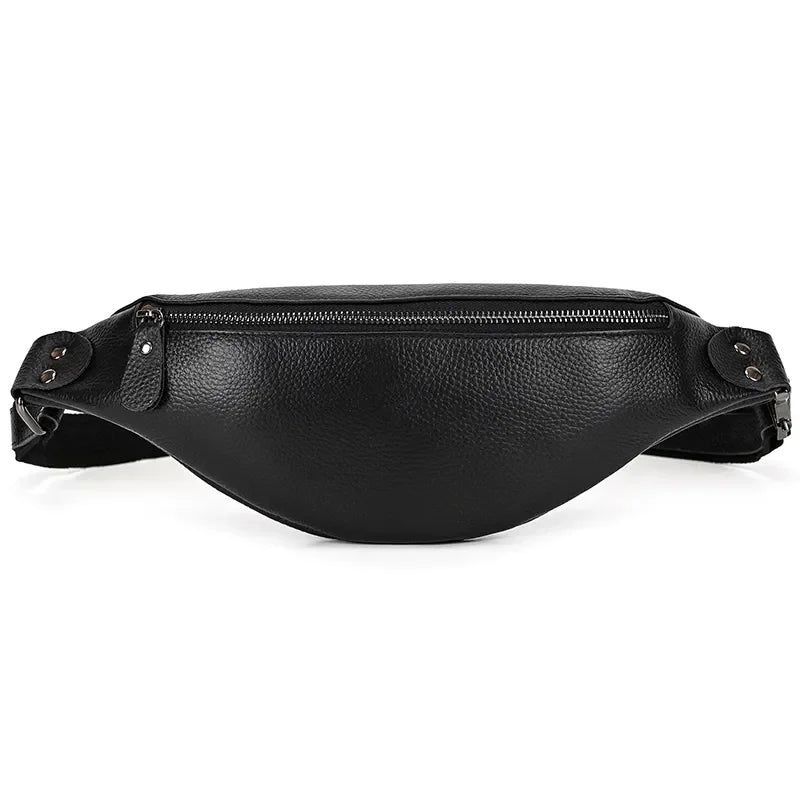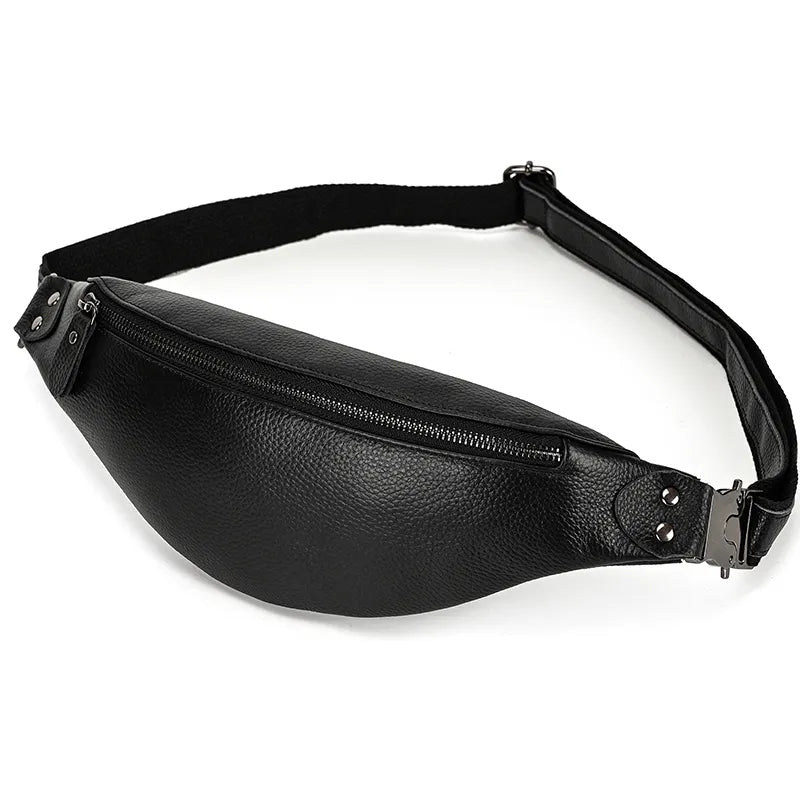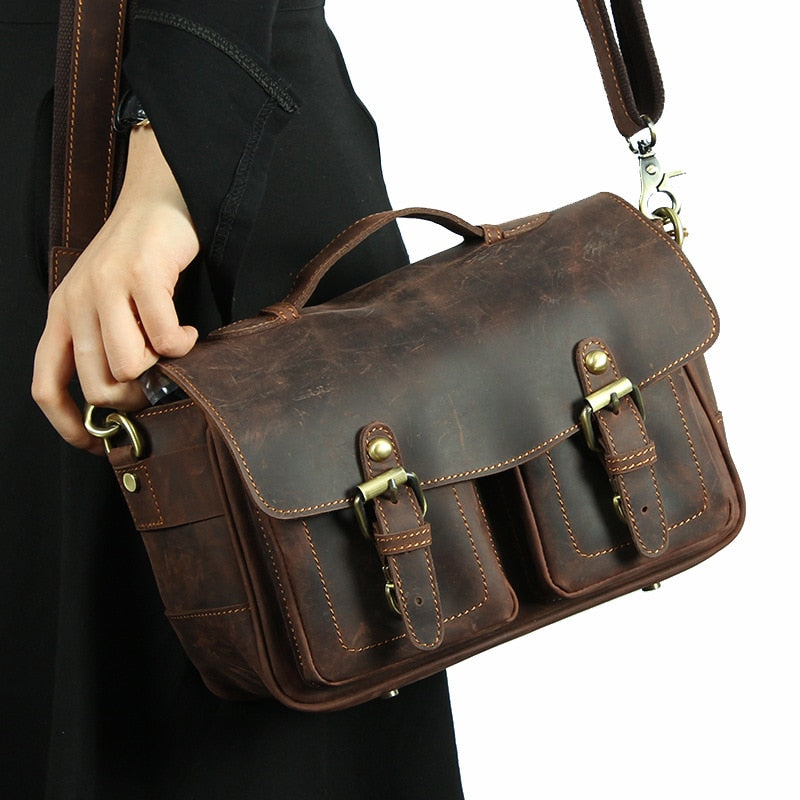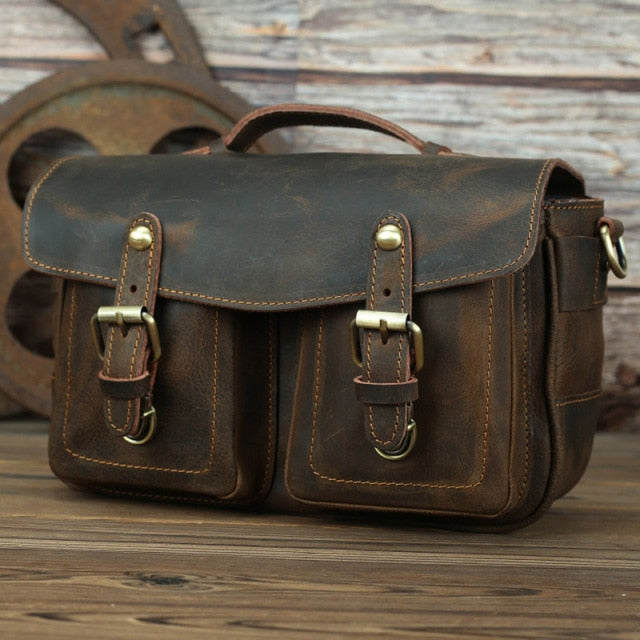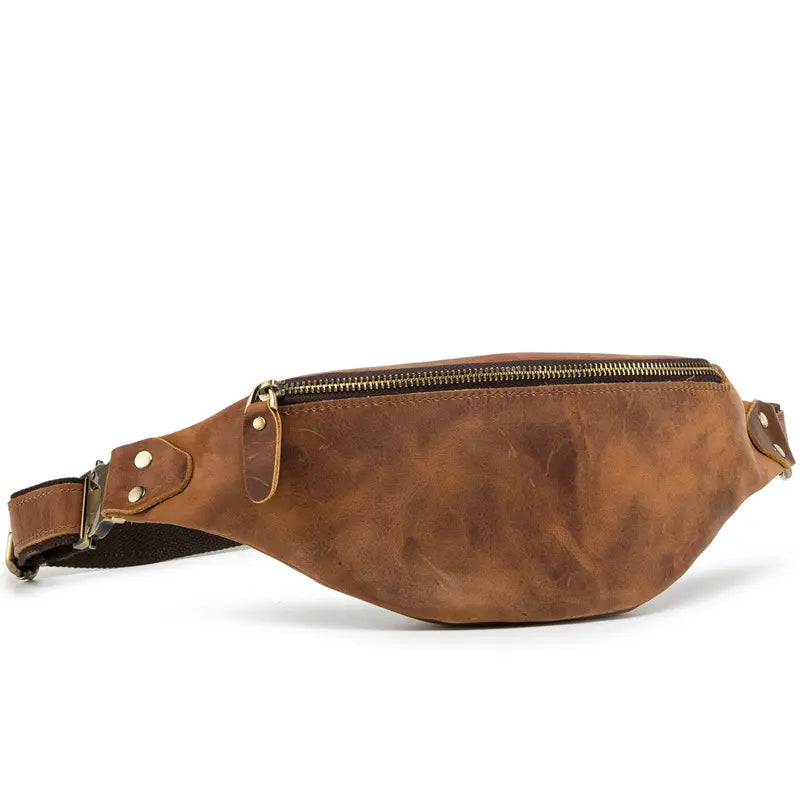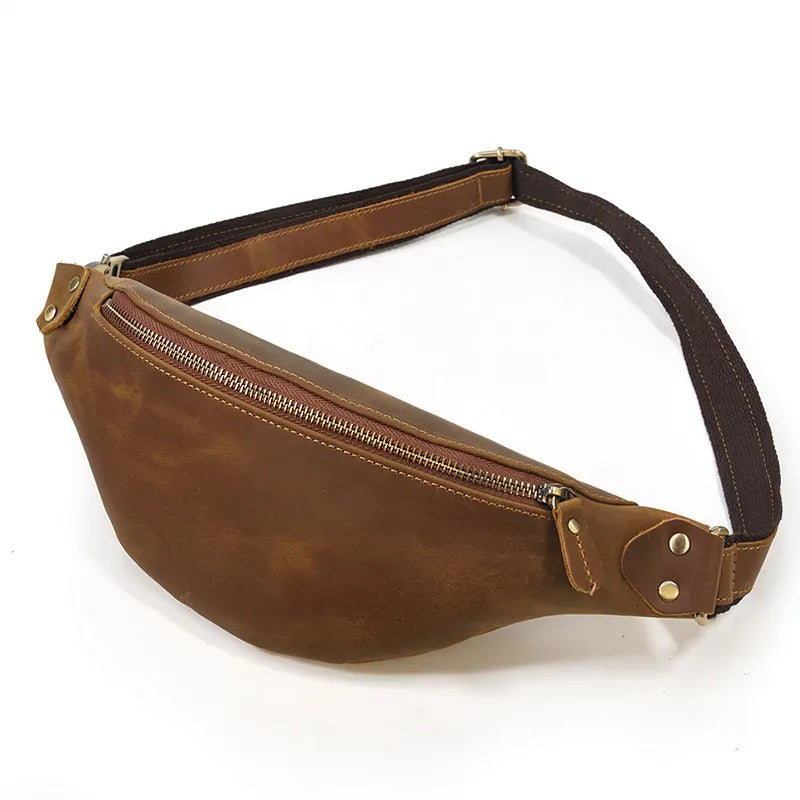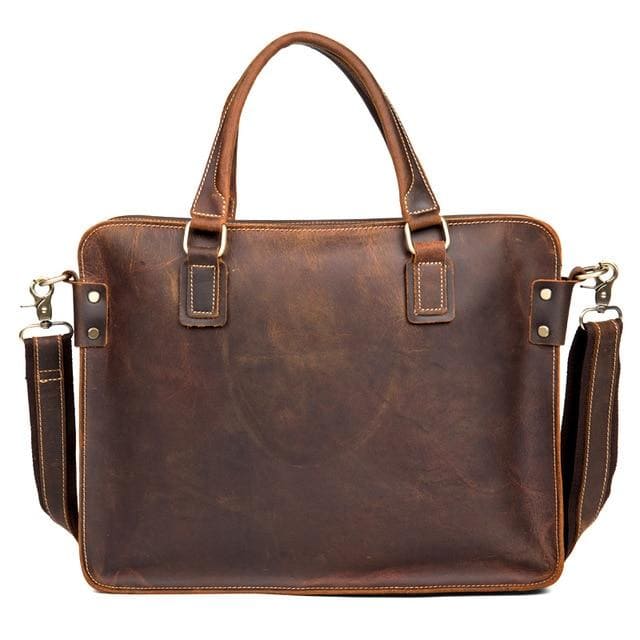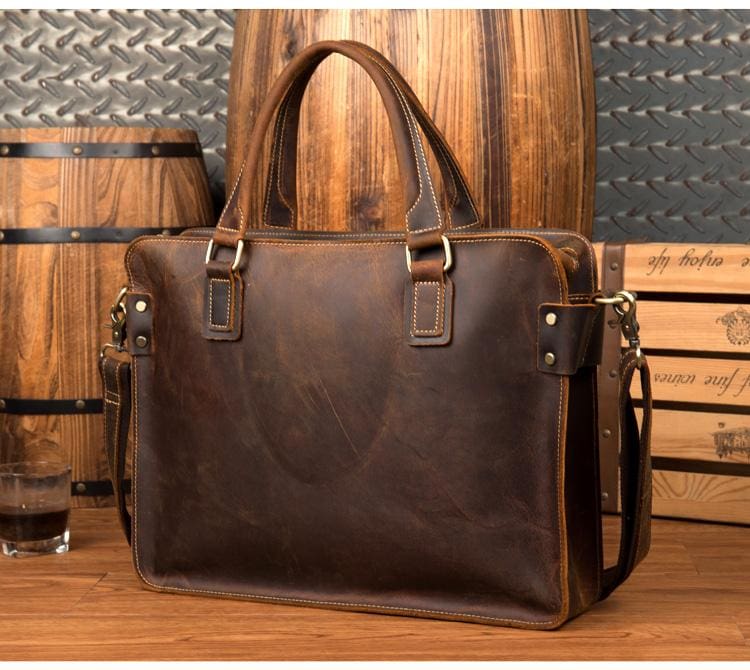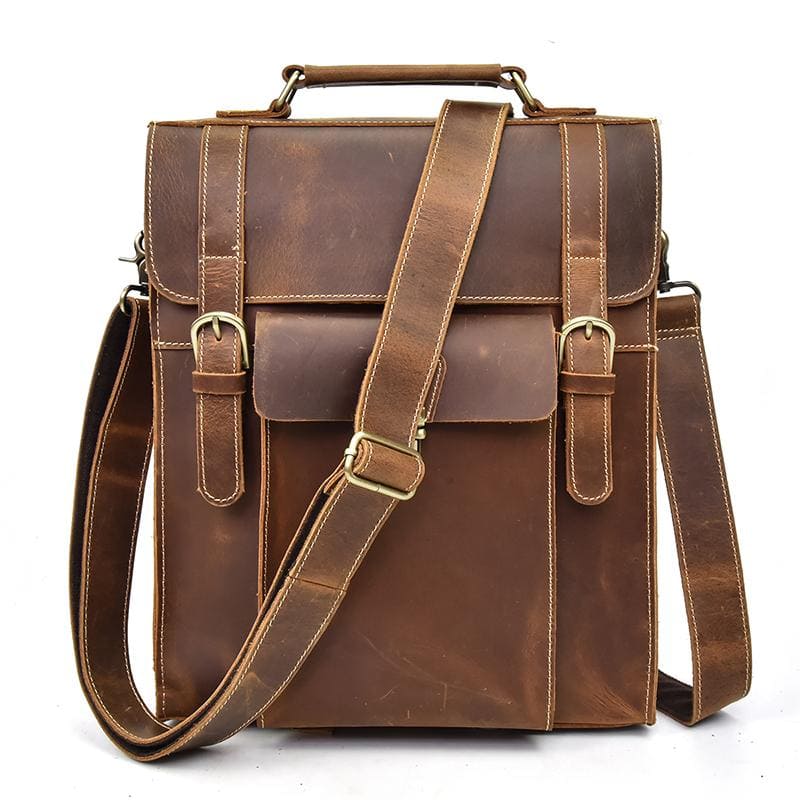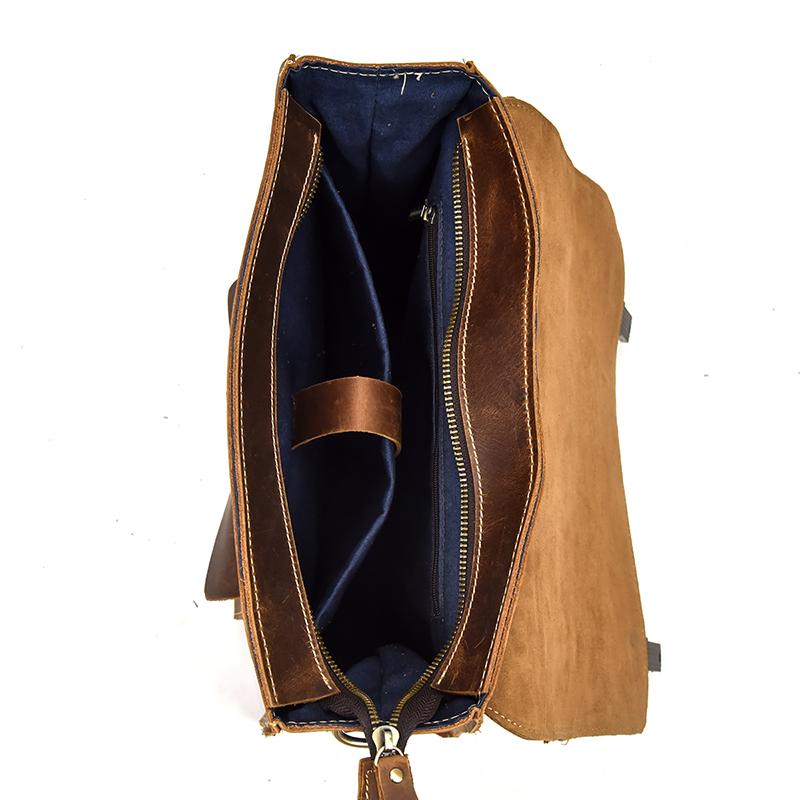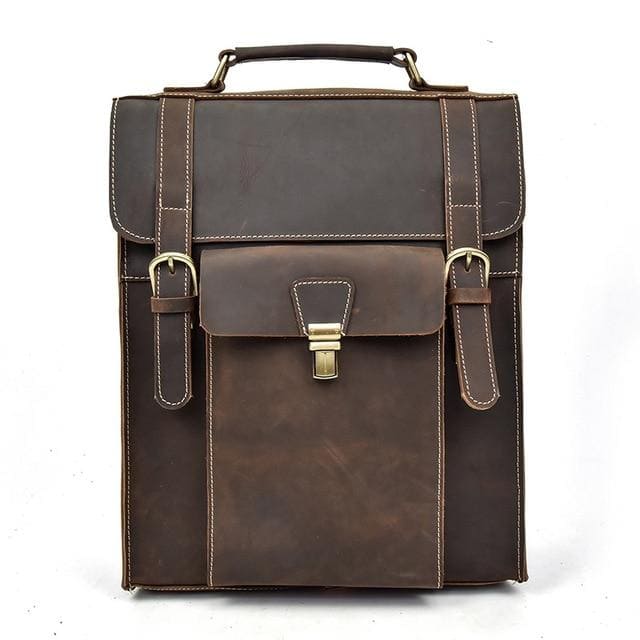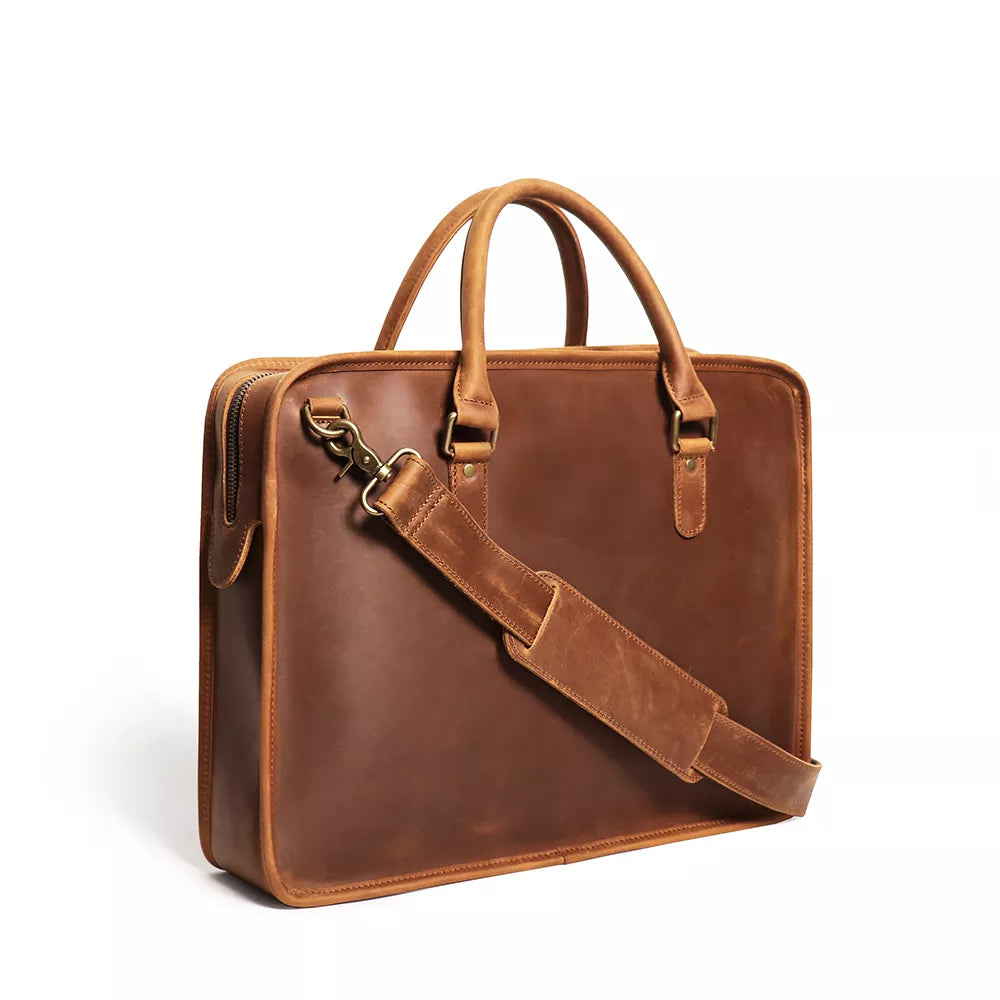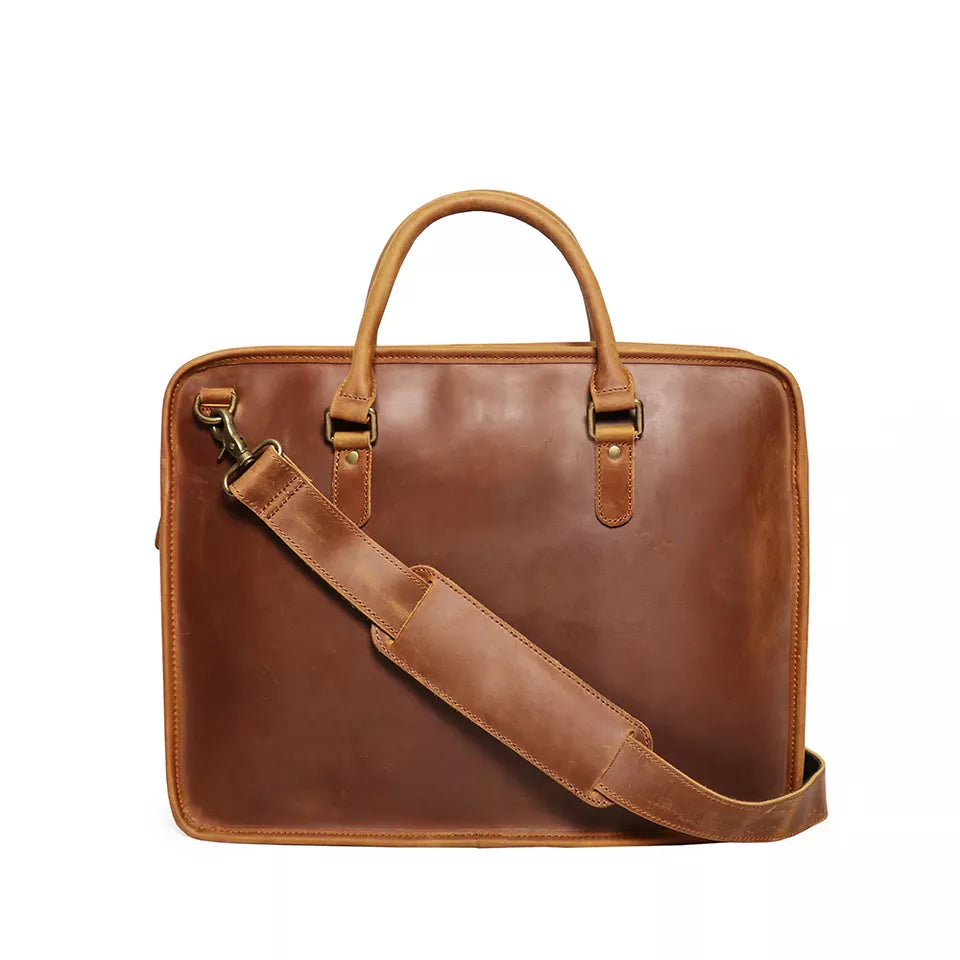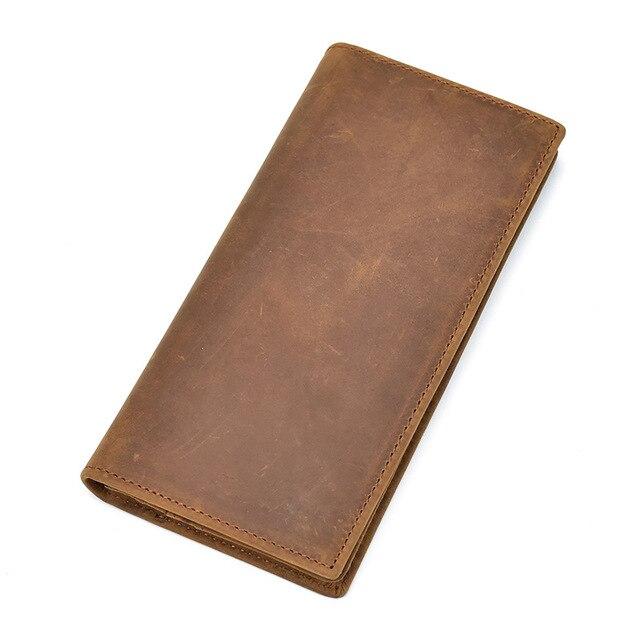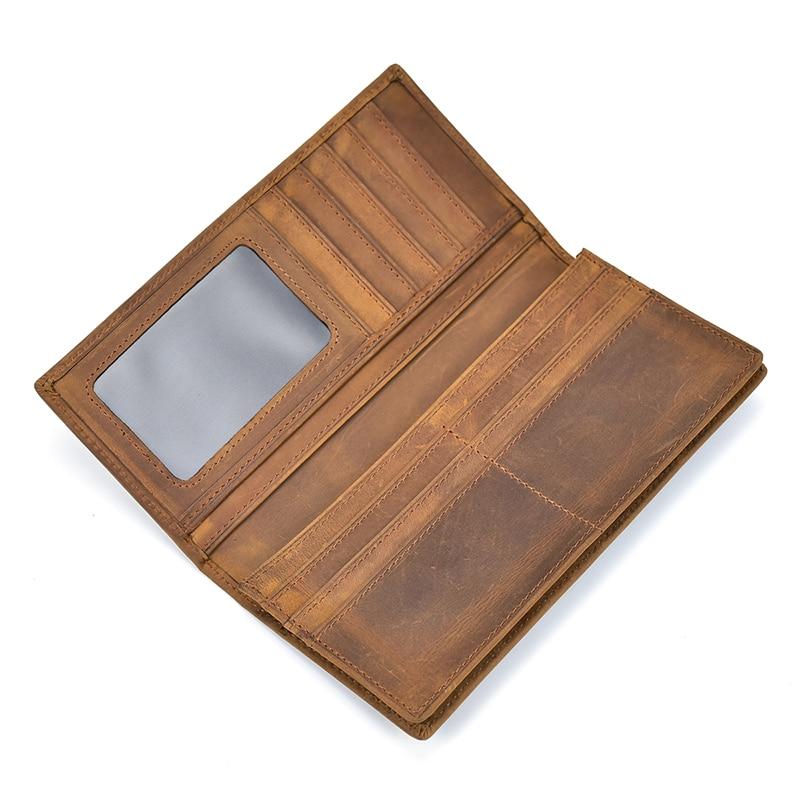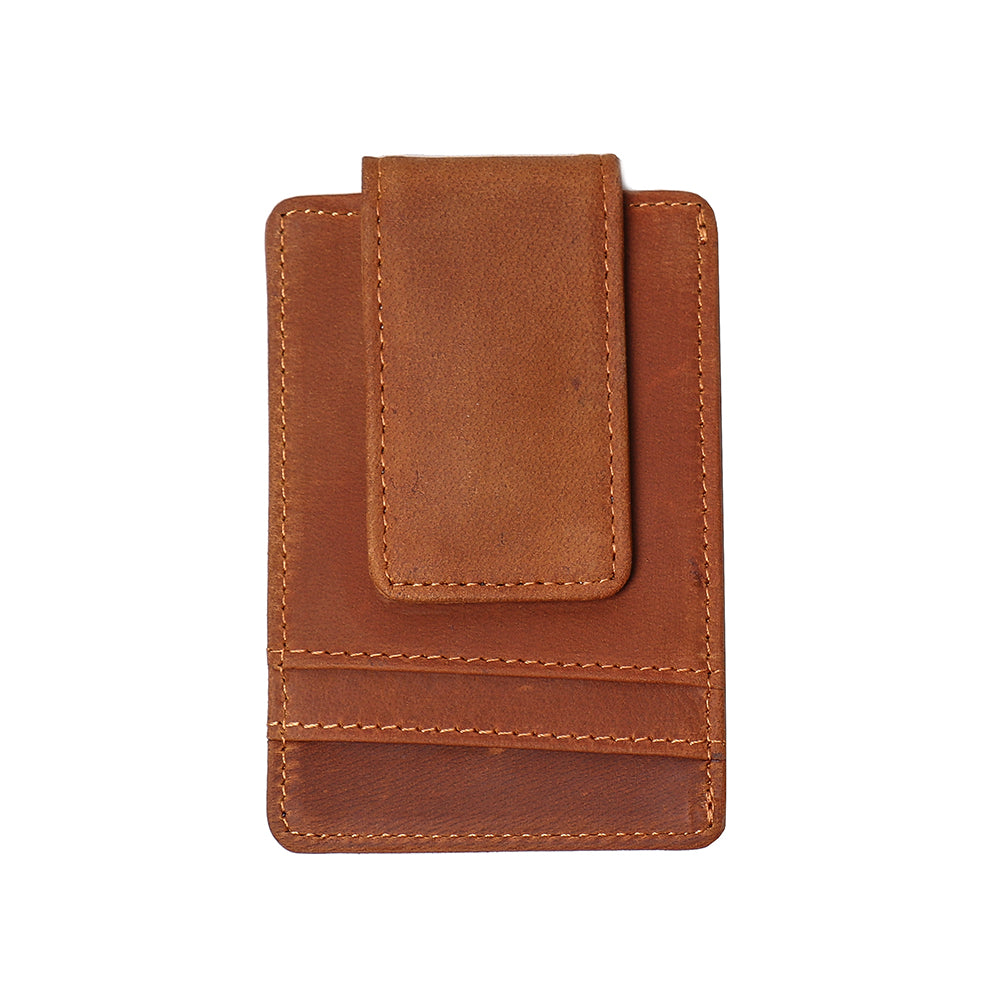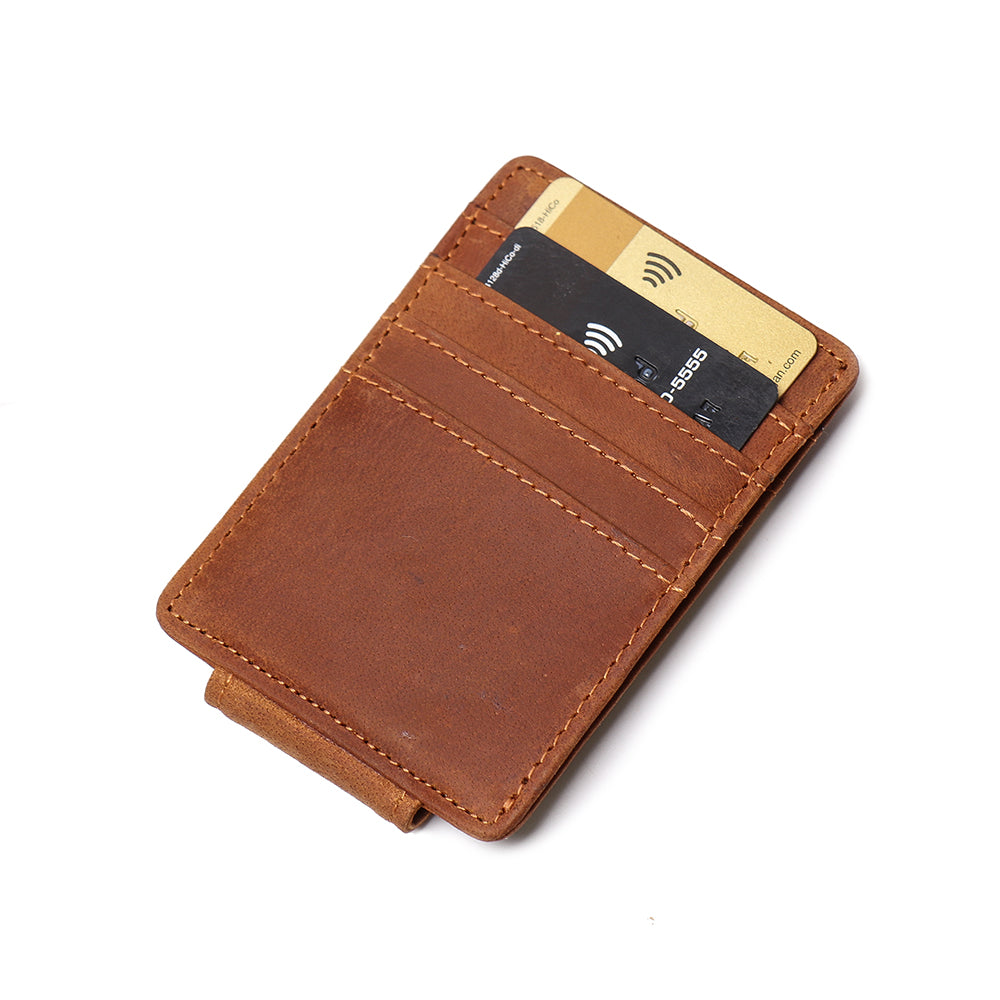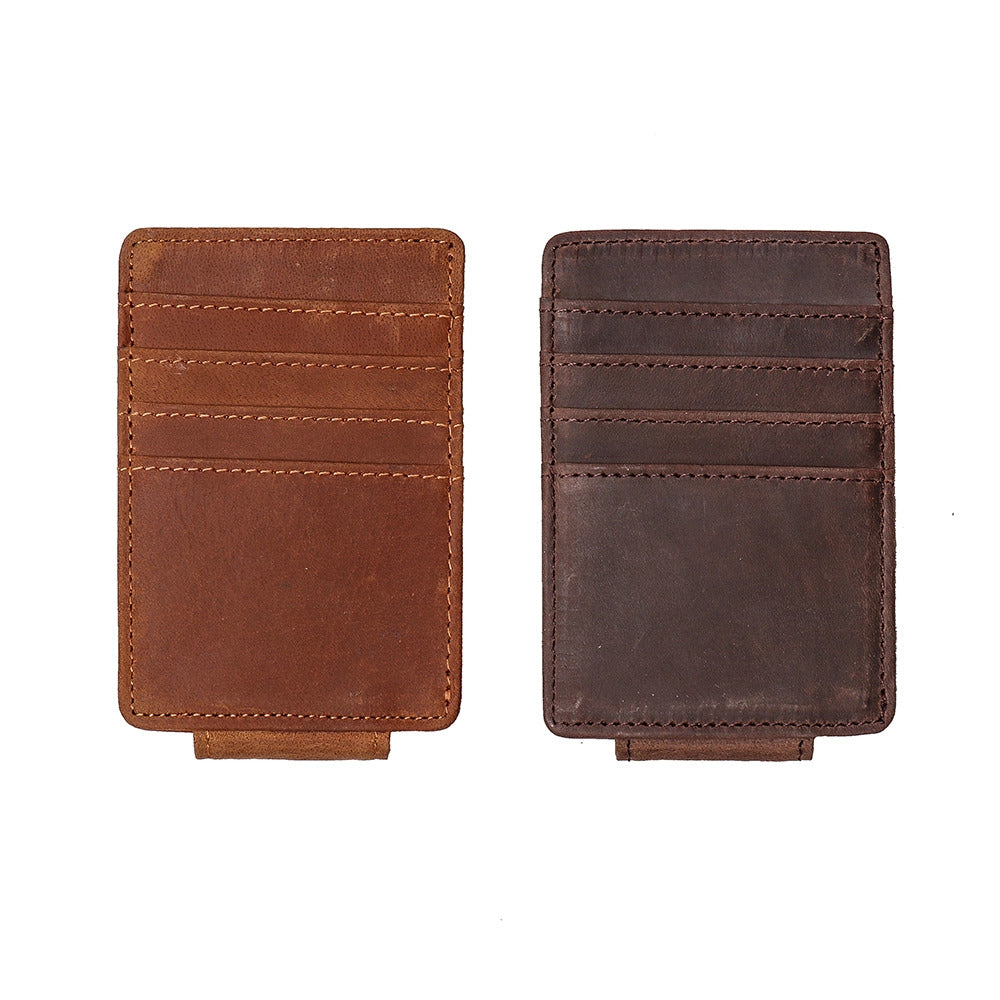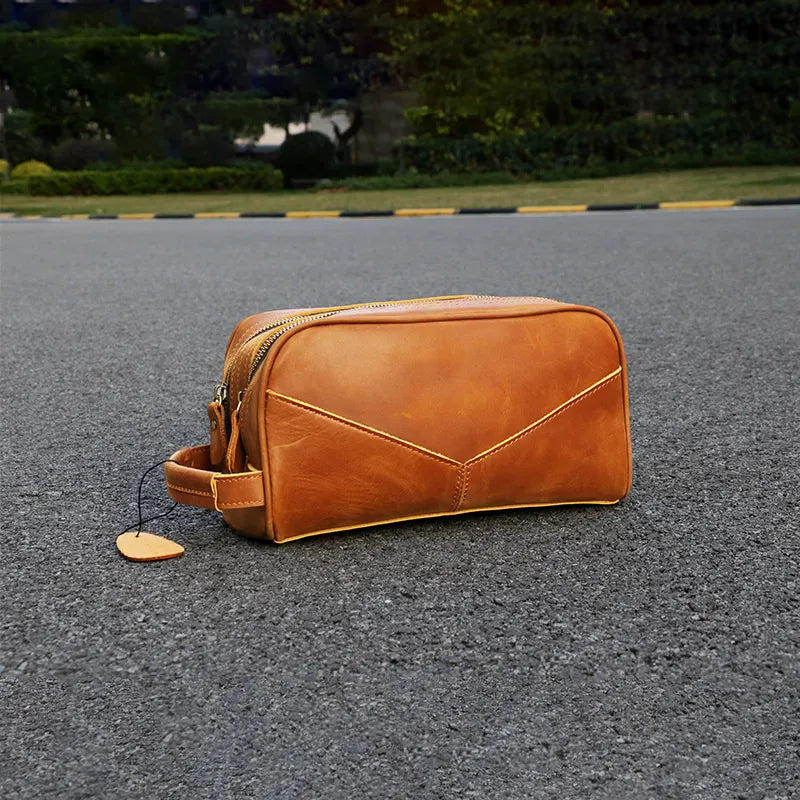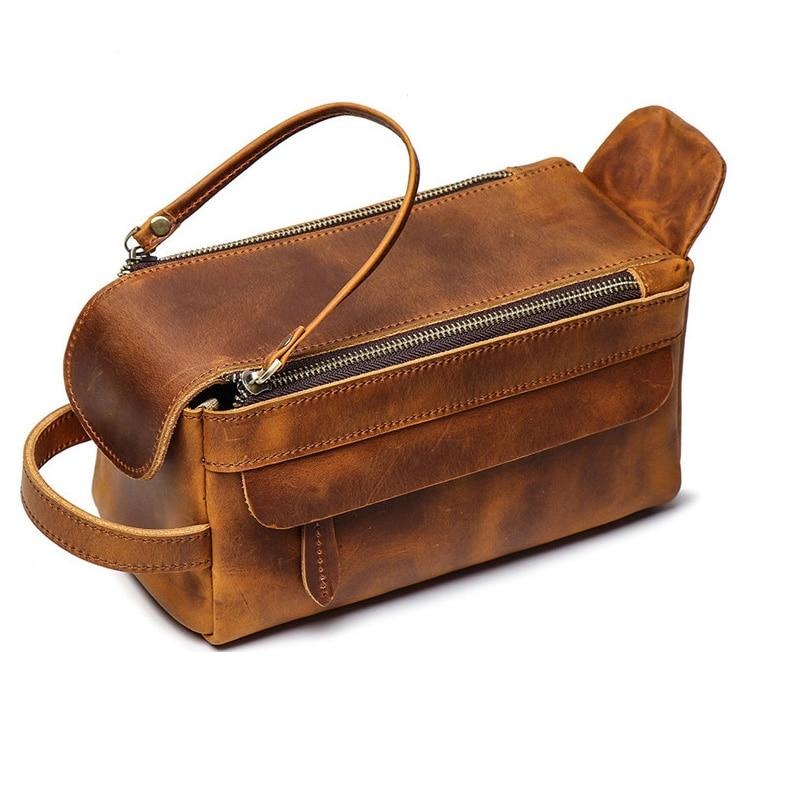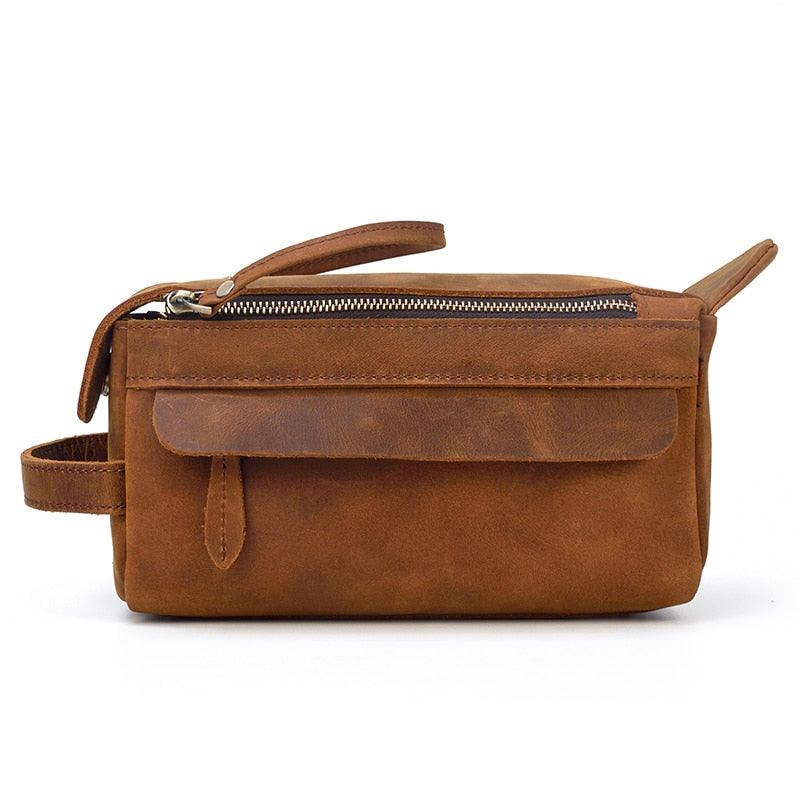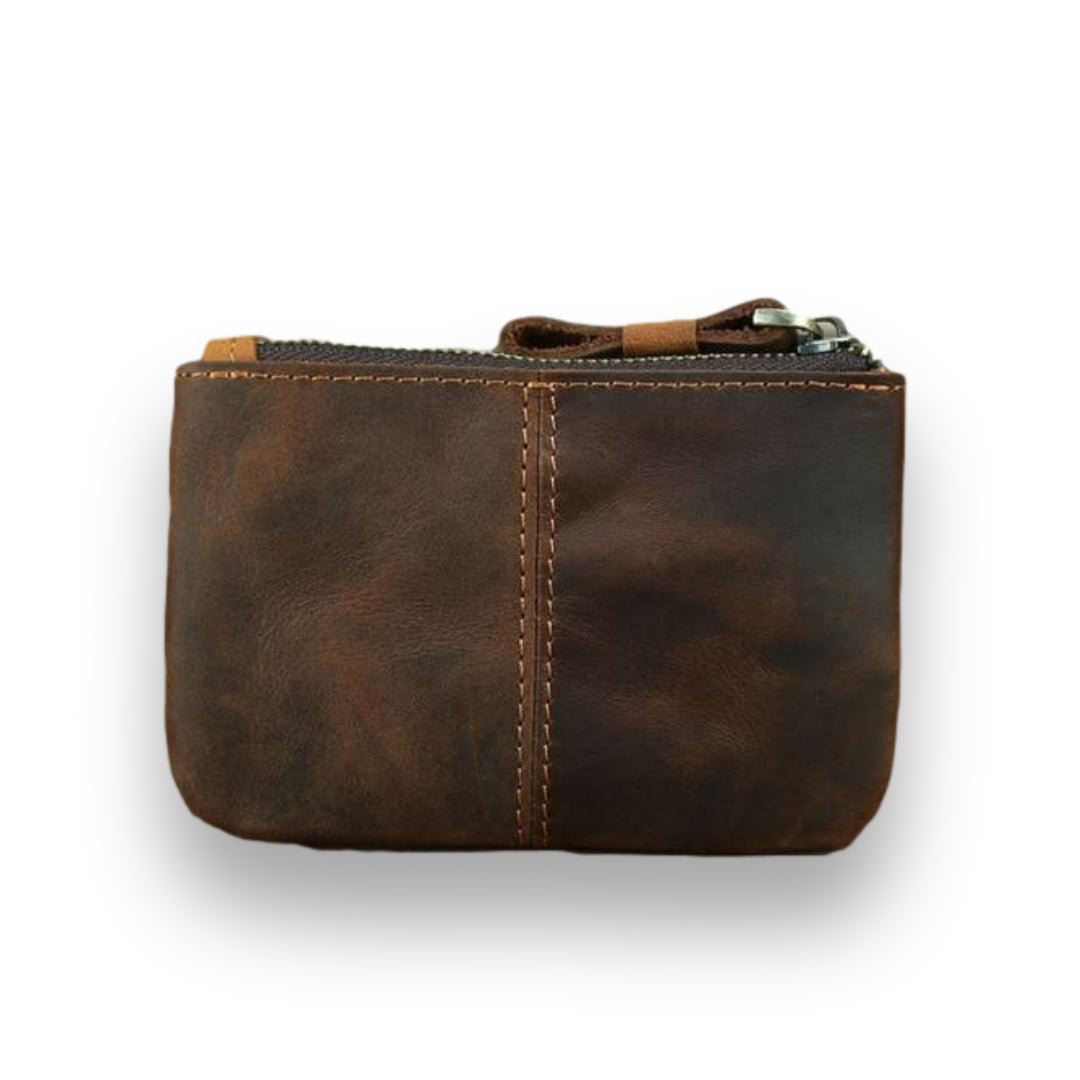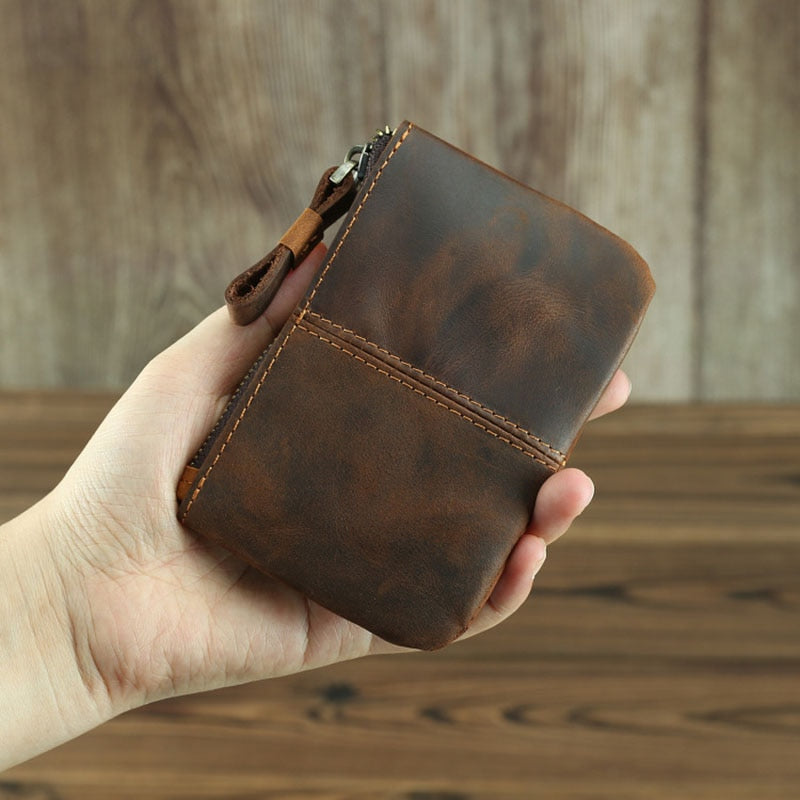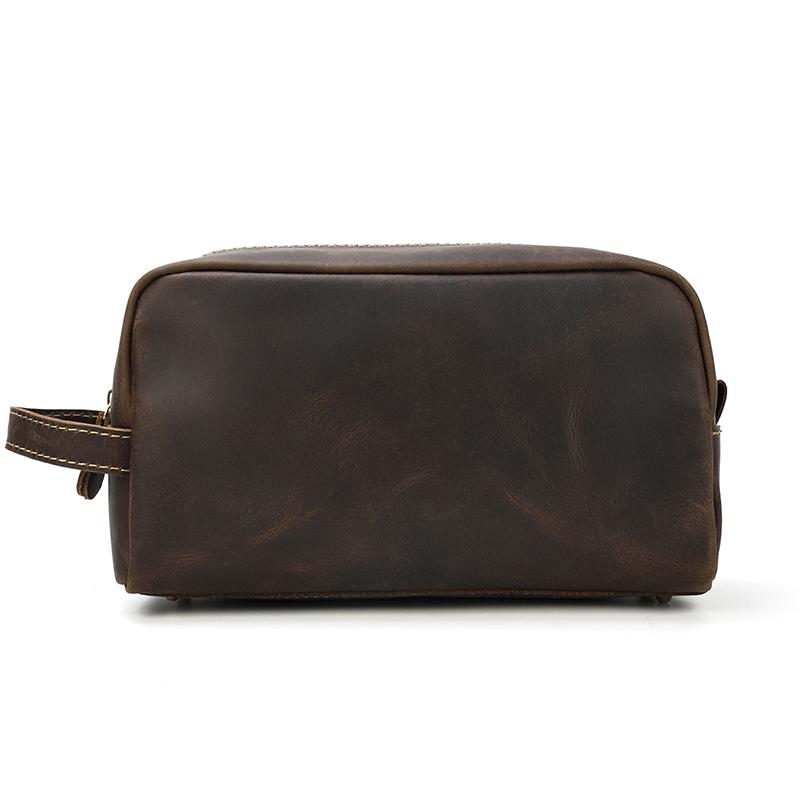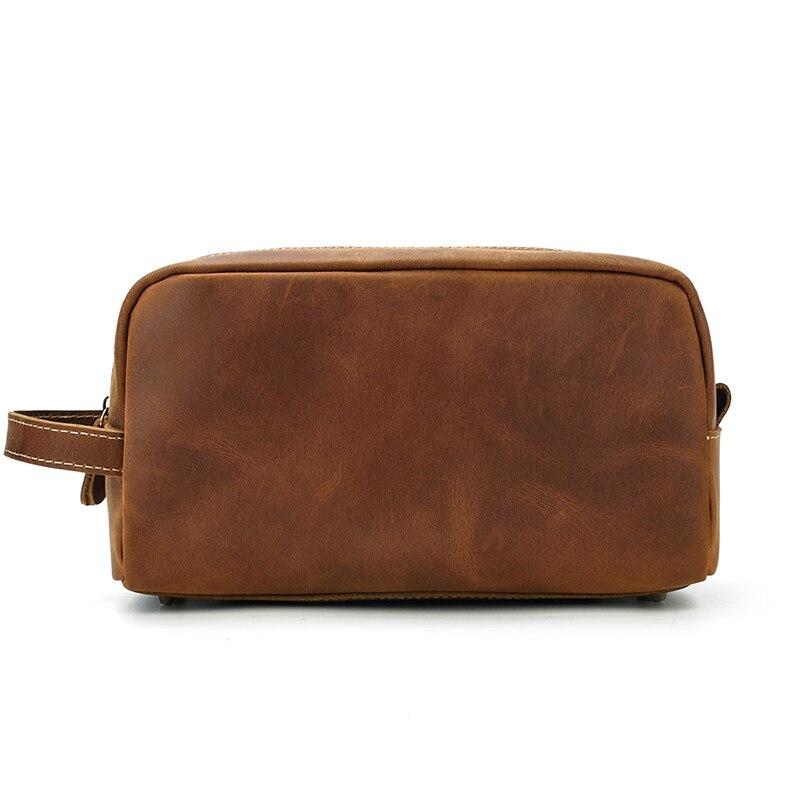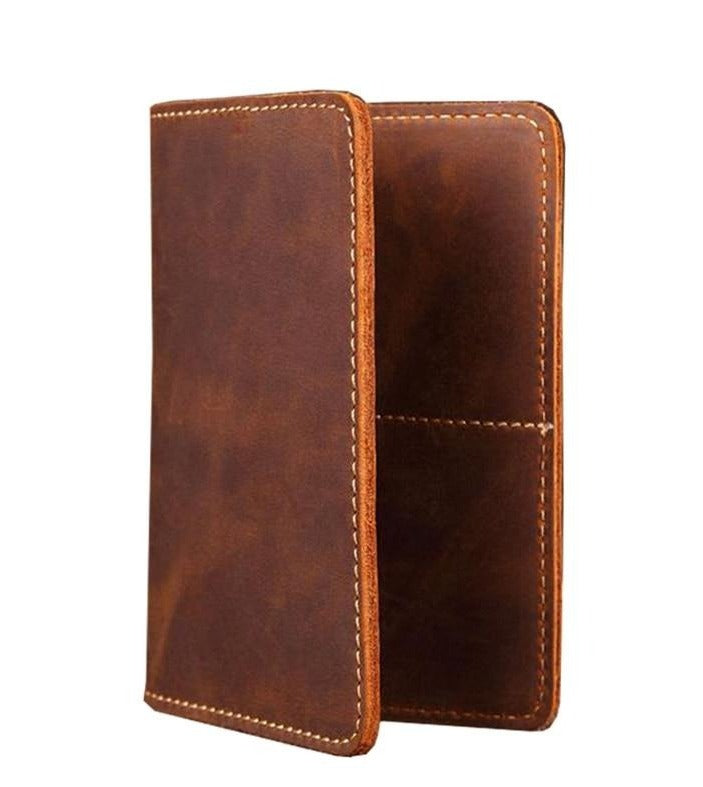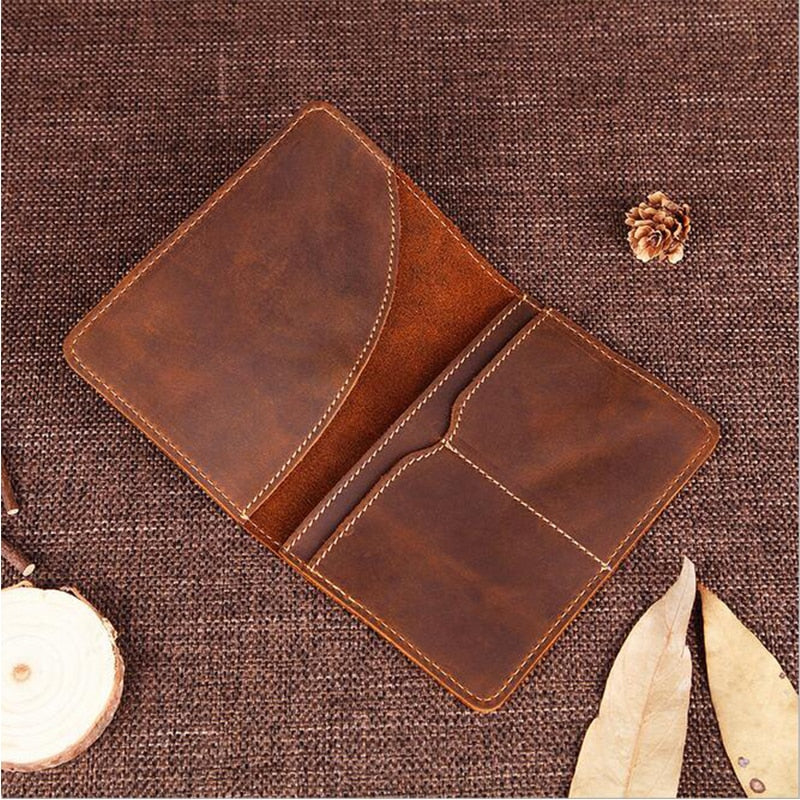Looking for the perfect bag but the duffel bag or the messenger bag is just not for you? How about the rucksack? But what is a rucksack? In the most basic sense, the rucksack is a backpack. However, it is not just a backpack. It also has its own unique qualities and functions that separate them from the backpack. In a way, it forms part of the family of backpacks. Get to know more about the rucksack. Know their similarities with the backpack and their differences as well.
Key Takeaways
-
A rucksack is essentially a larger, more rugged version of a backpack, designed for heavy-duty use with greater carrying capacity and additional stability features like chest and waist straps.
-
The term "rucksack" originated from German, where "ruck" means "back" and "sack" means pack, and was popularized during World War II by military forces.
-
Rucksacks typically feature a top-opening design with an overlapping flap closure, secured by zippers, ties, or drawstrings, unlike many backpacks that open from the front or sides.
-
The historical use of backpack-style carriers dates back potentially to prehistoric times, with documented evidence showing Alpine peoples using wooden frame packs for carrying firewood.
-
Rucksacks excel in three main areas: long-distance travel due to their durability, camping and hiking because of their large capacity and additional attachment points, and everyday use thanks to their versatile backpack design.
Our Expertise in Leather Craftsmanship and Quality Control

At Steel Horse Leather, we bring decades of hands-on experience in leather craftsmanship and quality control to every product we create. Our master artisans have dedicated their lives to perfecting the art of leather bag construction, combining traditional methods with rigorous quality standards that ensure excellence and durability in every piece. Through years of meticulous practice and an obsessive attention to detail, we've developed comprehensive quality control protocols that govern every aspect of our manufacturing process—from the initial selection of raw materials to the final inspection of finished products.
Our commitment to quality extends beyond craftsmanship to encompass the entire supply chain. We've thoroughly vetted leather suppliers across the globe, evaluating their sourcing practices, tanning methods, and ethical standards to ensure we work only with providers who meet our exacting requirements. This holistic approach to quality control, combined with our artisans' skillful mastery and passion for their craft, positions us uniquely to share insights on the standards and practices that separate exceptional leather goods from ordinary ones. When we discuss quality control in belt bag construction, we're drawing from real-world experience in implementing these very standards in our own workshop every day.
The Fundamentals
To fully understand what truly is a rucksack we must first identify what fundamentally is a backpack. Additionally, we will also include what are the similarities and differences between the rucksack and backpack.
The Backpack and The Rucksack
A backpack in its most basic design is frameless. It is made of cloth or other materials such as leather or waxed canvas. Backpacks are typically carried on the back hence the word "back" of the backpack. It has two parallel straps that you can hang over your shoulders. The backpack's design is intended to carry a heavier weight which is also why it is carried on the back for additional support and convenience.
Some designs of the backpack sport a waist strap to secure the backpack. Moreover, it is a known fact that the additional waist strap significantly eases the wearer's burden, especially when carrying heavy loads. This is because the hips are stronger than the shoulders. In addition, the design also increases the agility and balance of the wearer since the heavy load is near his or her center of gravity. This, therefore, leaves the shoulder straps mainly for stabilizing the load.
Similarly, the rucksack has the same frameless design as the backpack. It is however larger and more rugged-looking than the backpack. Although they may differ when it comes to the opening of the bag. In addition, rucksacks sometimes have additional straps on the waist and on the chest for stability. It is quite clear that they share a similar look. The difference however lies when you take a close look at the rucksack's characteristics.
Historical Background
The origins of the simple backpack may date back way longer than you would have ever imagined. According to many sources, the use of the backpack or something quite similar to its use and design today dates back even to the prehistoric era. Although there is no hard evidence a probability exists. This is because our ancestors might have learned that it is easier to carry heavy objects on the back rather than carrying them in their arms. Carrying something on your back would also give them a free hand to carry weapons such as spears and clubs.
Origins
The evidence to prove this probability however is scarce. Many believe that the earliest use of a backpack was from the people who live in the Alps. The earliest design of the backpack was a U-shape rod with two wooden boards. By tying them together with a string they form a pack or bag. They were mainly for carrying firewood.
It was only around 1910 when the first records of the use of backpacks appear. Like the duffel bag, the backpack was primarily for military use. However, its rise to popularity was earlier than expected. Many people started to use the backpack for recreational activities such as hiking and camping. The early 60s was also a popular time for the backpack with the rise of "backpackers". Then the evolution of the simple backpack took place. Many discoveries of its use led to a variety of designs such as the rucksack.
Terminology
Similar to how they look, the backpack and the rucksack are also often confused with how they are called. This because throughout history the backpack is known by many names. One of those names was a "rucksack" which now contributes to the confusion.
To start, it was only around 1910 when the term "backpack" was coined by the Americans. However, during the Second World War soldiers would sometimes refer to the bag as the "rucksack". The rucksack was a German loanword mainly used by the United Kingdom, the United States, and other western forces. This is because in Middle High Germany the work "ruck" means "back" (or dorsum). While the words "sack" and "pack" mean the same thing.
You may use whatever term you choose. However, it is better to use the correct term such as the rucksack when referring to a large, rugged backpack.
Comparing Backpacks and Rucksacks
| Feature | Backpack | Rucksack | Notes / Significance |
|---|---|---|---|
| Overall Appearance | Looks similar to a rucksack. | Looks similar to a backpack. | Both are bags designed to be carried on the back. |
| Size / Capacity | Lightweight and usually carries 50 liters less than the rucksack. | Larger than a backpack; has a larger capacity. | Rucksacks are designed for heavier, more extensive loads. |
| Purpose / Load Carrying | Functions to carry heavier loads. | Functions to carry heavier loads. | Both are capable of carrying substantial weight. |
| Waist Straps | Sometimes has waist straps to ease the burden of carrying a heavy load. | Sometimes has waist straps to ease the burden of carrying a heavy load. | Common feature to distribute weight for comfort. |
| Chest Strap | Often has an extra strap across the chest. | Necessary and convenient for hikers, helping to stabilize heavy bags over extended periods. | |
| Opening Mechanism | Typically has an opening at the top with an overlapping flap to close it. Closing may be by zipper, tie, or drawstring. | This design often allows for expandable capacity and good weather protection. | |
| External Attachments | Larger rucksacks also have belts and loops for holding pots and other camping gear; can store sleeping bags and water canisters. | Indicates suitability for outdoor adventures and carrying specialized equipment. |
Let us start with the similarities. Obviously, the backpack and the rucksack look similar however there are some nuances. To reiterate, a rucksack is larger than a backpack. While both bags function to carry heavier loads, the rucksack's has a larger capacity because of its size. The backpack is lightweight and usually carries 50 liters less than the rucksack. Likewise, both rucksacks and backpacks sometimes have waist straps to ease the burden of carrying a heavy load. The rucksack however often has an extra strap across the chest. This is necessary and convenient especially for hikers who often spend more time carrying the heavy bag.
The Backpack and Rucksack: Similarities and Differences
Another significantly different characteristic of the rucksack is its opening. A rucksack typically has an opening at the top with an overlapping flap to close it. Closing the bay may either be by using a zipper or a tie or drawstring. Larger rucksacks also have belts and loops for holding pots and other things for camping. This even store sleeping bags and water canisters.
Why Choose a Rucksack?

Know that you know what a rucksack is it is also important to know why you should choose it. Here are three reasons why:
Perfect for Long Distance Travel
Let us face it. Traveling is not only rough for the traveler but for the bag as well. If you frequently travel you will need a strong, sturdy, and reliable bag. And with the rucksack's large size you can squeeze in a few more souvenirs from your travels.
Perfect for Camping
If it is not obvious enough, the rucksack is made for camping! With the capacity that it can carry it is a guarantee that all your camping essentials will fit in one rucksack. Plus if you are hiking to your campsite, the additional straps will ease the burden on your shoulders.
Perfect for Everyday Use
Do not forget that a rucksack is still a backpack. And for a backpack, there is always a variety of uses. From carrying your books to school to short distance travels the rucksack is perfect for any use.
Backpack Fit and How to Find the Right Fit

Finding the right fit for your backpack is essential for comfort, stability, and overall performance, particularly when it comes to engaging in longer outdoor activities like hiking or travel. A well-fitted backpack should distribute weight evenly across your body, minimizing strain on your shoulders and back. Start by adjusting the shoulder straps; they should be snug but not so tight that they restrict movement. Ideally, the pack should rest high on your back, allowing for a natural range of motion in your arms and upper body. If your rucksack has a hip belt, position it on your hips rather than your waist—this facilitates better support and helps transfer the backpack's weight from your shoulders to your hips, where you are strongest. It’s also important to consider your torso length when selecting a rucksack; many brands provide sizes based on this measurement. Take the time to try on different styles, load them with weight, and walk around to ensure that the fit feels right, adjusting the straps for your specific shape and preferences. This attention to detail will enhance your overall experience, whether you’re on a city adventure or trekking through the wilderness.
Frequently Asked Questions
What Is The Typical Capacity Difference Between A Rucksack And A Regular Backpack?
According to the article, rucksacks typically carry 50 liters more than regular backpacks due to their larger size and design. This increased capacity makes them ideal for extended trips, camping expeditions, or situations where you need to carry substantial amounts of gear and supplies.
Are Rucksacks Comfortable For Daily Commuting Or Are They Only For Outdoor Activities?
While rucksacks are designed with outdoor activities in mind, they can absolutely be used for daily commuting and everyday purposes. Since a rucksack is fundamentally still a backpack, it offers versatility for various uses, from carrying books to school to short-distance travel, though their larger size might be more than necessary for simple daily tasks.
How Do The Strap Systems Differ Between Rucksacks And Standard Backpacks?
Rucksacks often feature more comprehensive strap systems than regular backpacks. While both may have waist straps to distribute weight from shoulders to hips, rucksacks frequently include an additional chest strap for enhanced stability. This extra support is particularly beneficial for hikers and travelers who carry heavy loads for extended periods.
Can You Access Items From The Middle Of A Rucksack Without Unpacking Everything?
Traditional rucksacks with their top-opening design and flap closure can make accessing items in the middle or bottom challenging without unpacking from the top. This is one trade-off of the classic rucksack design compared to backpacks that may offer multiple access points or panel-loading features.
What Materials Are Modern Rucksacks Typically Made From?
While the article mentions that backpacks and rucksacks can be made from cloth, leather, or waxed canvas, it doesn't specify modern rucksack materials in detail. However, given their rugged design and outdoor focus, modern rucksacks are typically constructed from durable, weather-resistant materials that can withstand harsh conditions and heavy use.
Conclusion
Understanding the distinction between rucksacks and regular backpacks empowers you to make an informed decision about which bag best suits your needs. While both serve the fundamental purpose of carrying items on your back, the rucksack's larger capacity, enhanced strap systems, and rugged construction make it particularly well-suited for demanding applications like long-distance travel, camping, and hiking. The rich history of these bags, from their possible prehistoric origins to their military adoption and eventual civilian popularity, demonstrates their enduring practicality and versatility. Whether you choose to call it a rucksack or backpack, selecting the right bag with the appropriate features, capacity, and durability for your intended use will ensure you have a reliable companion for all your adventures and daily activities.





